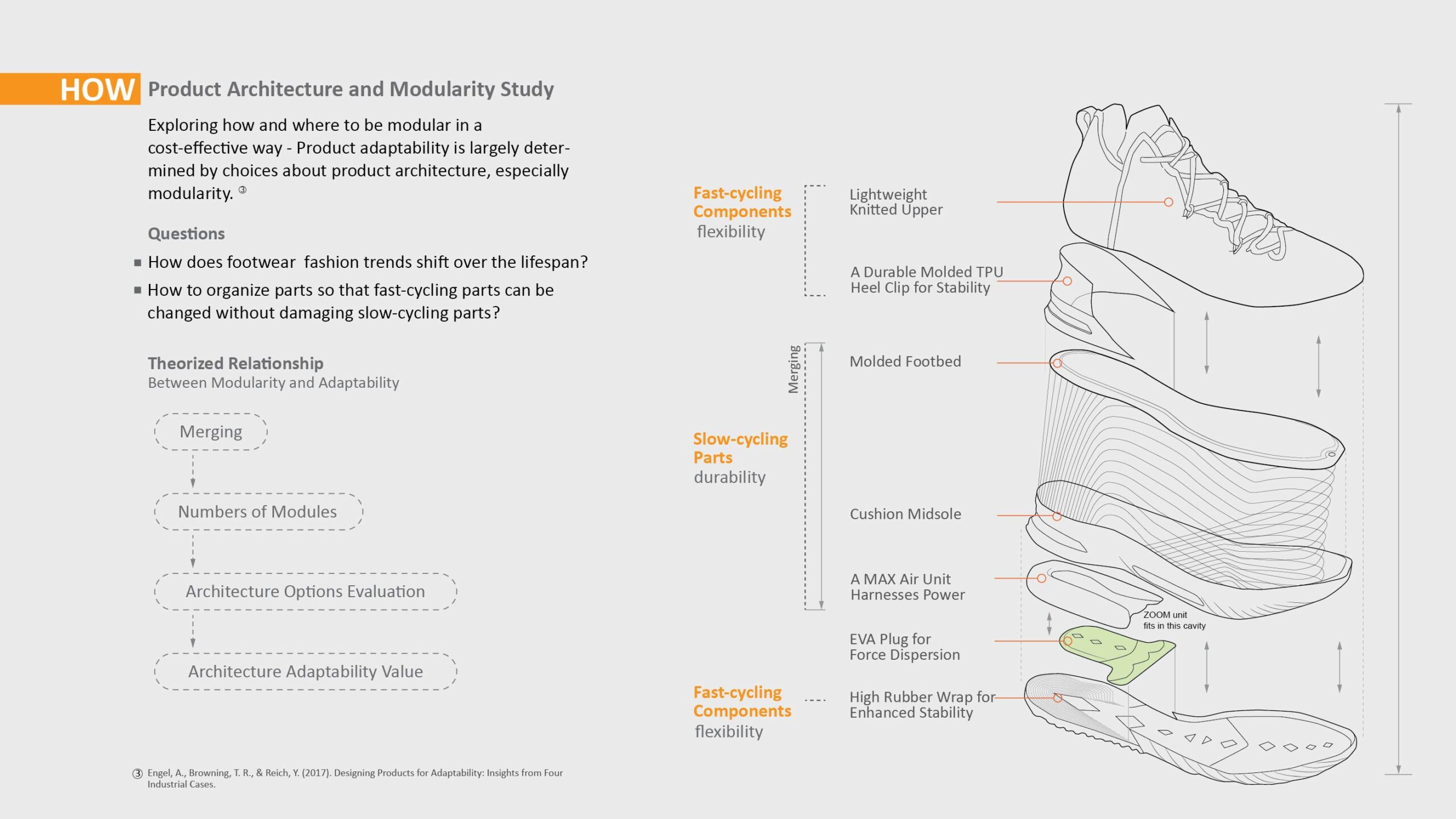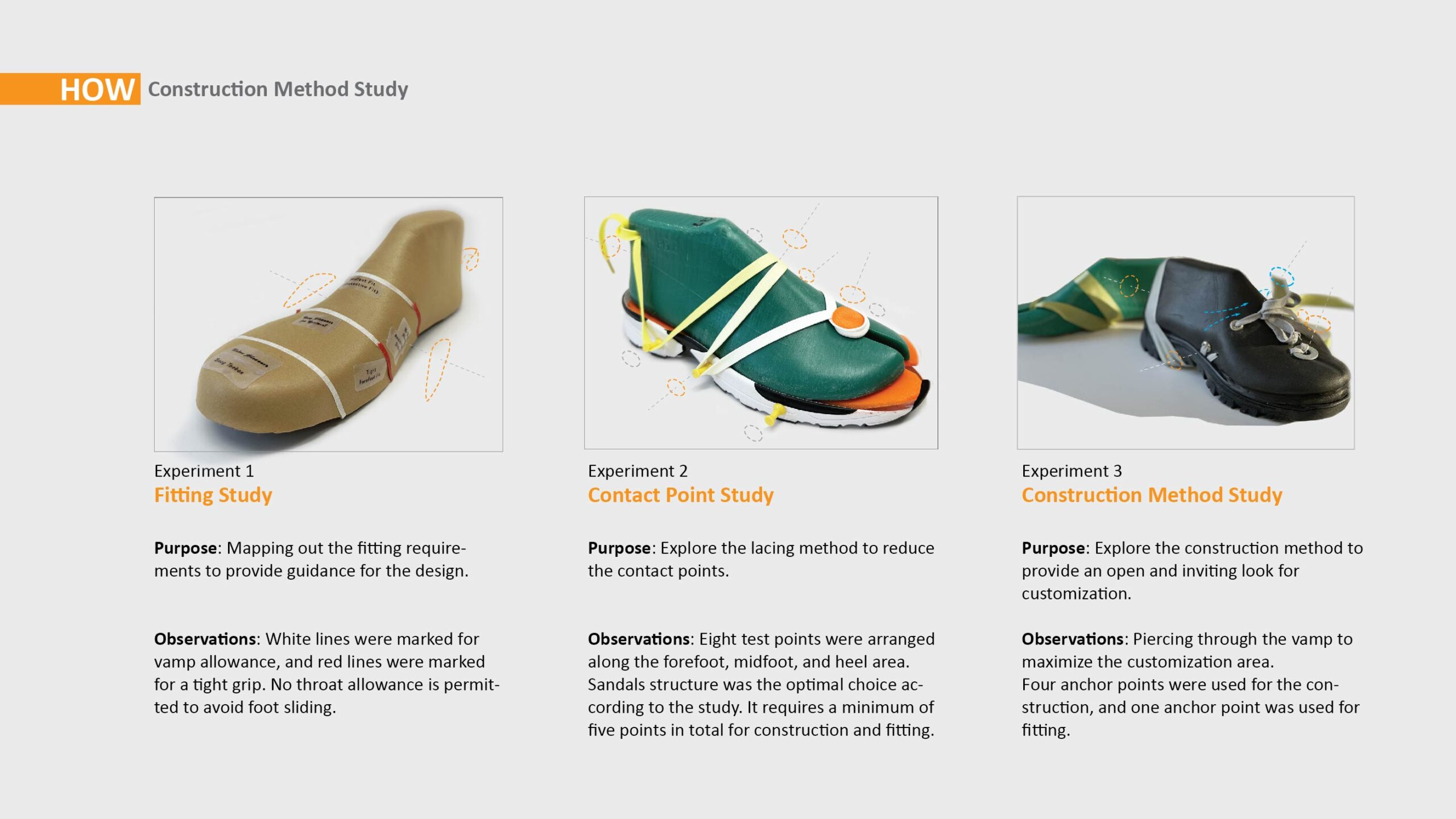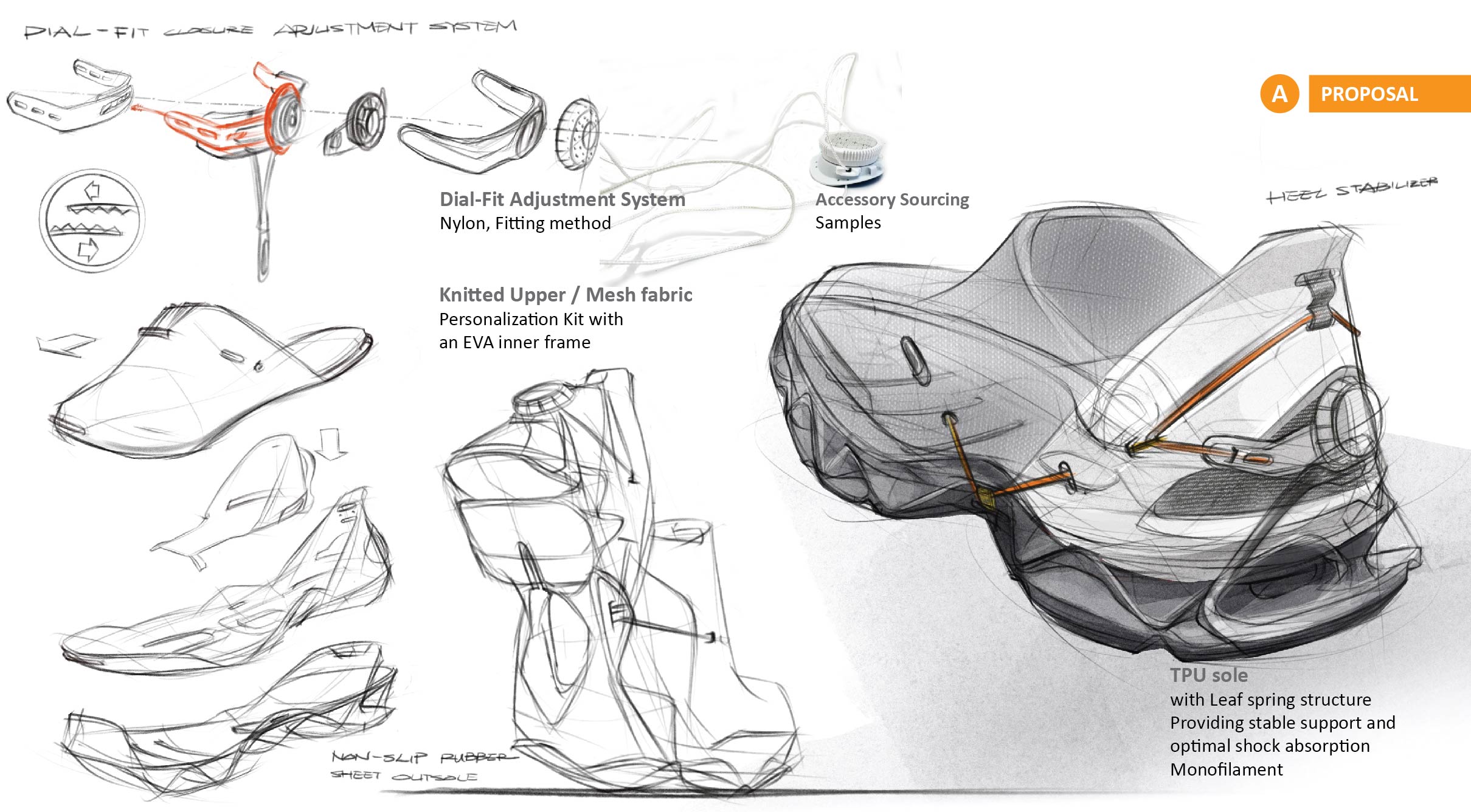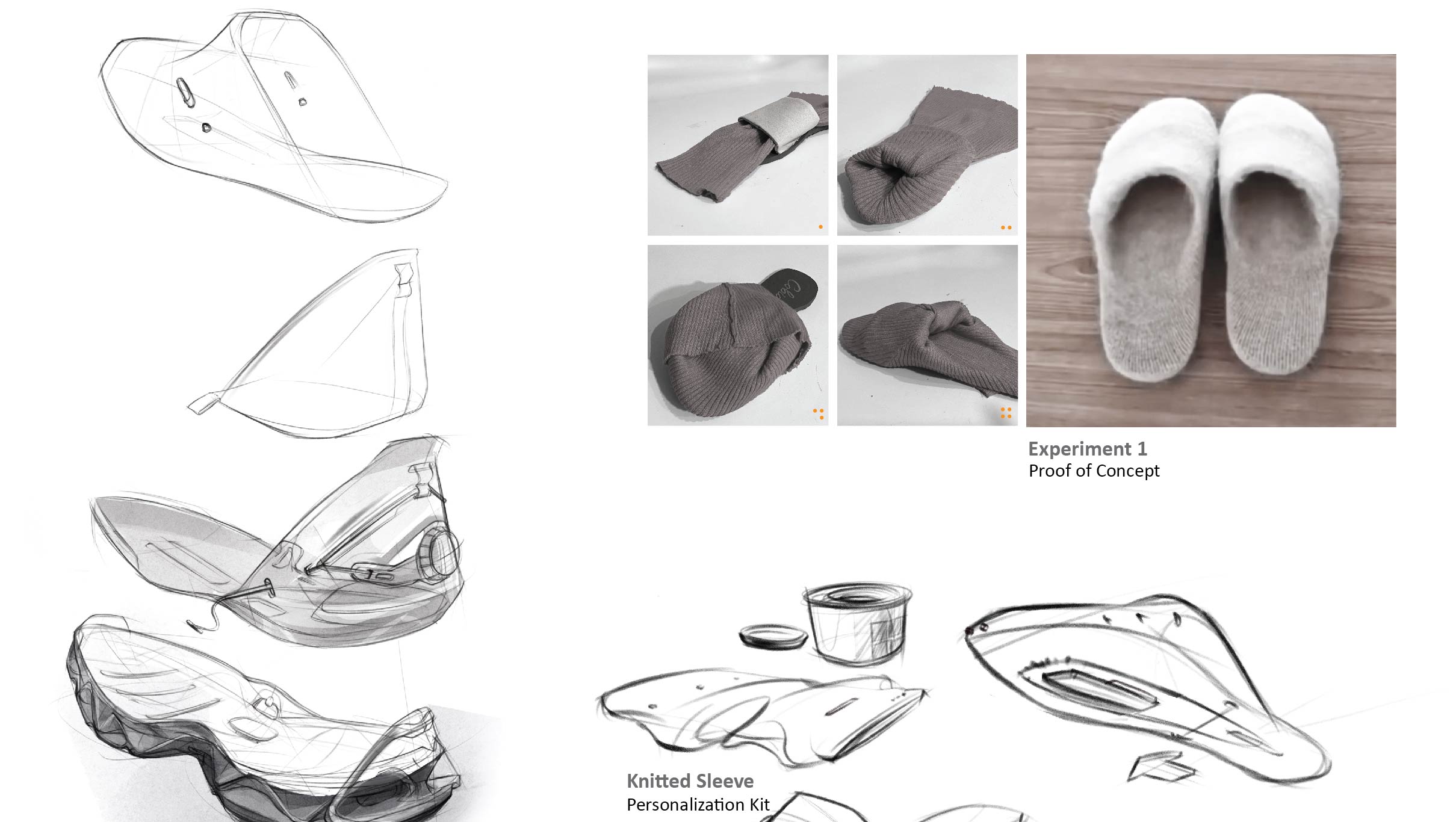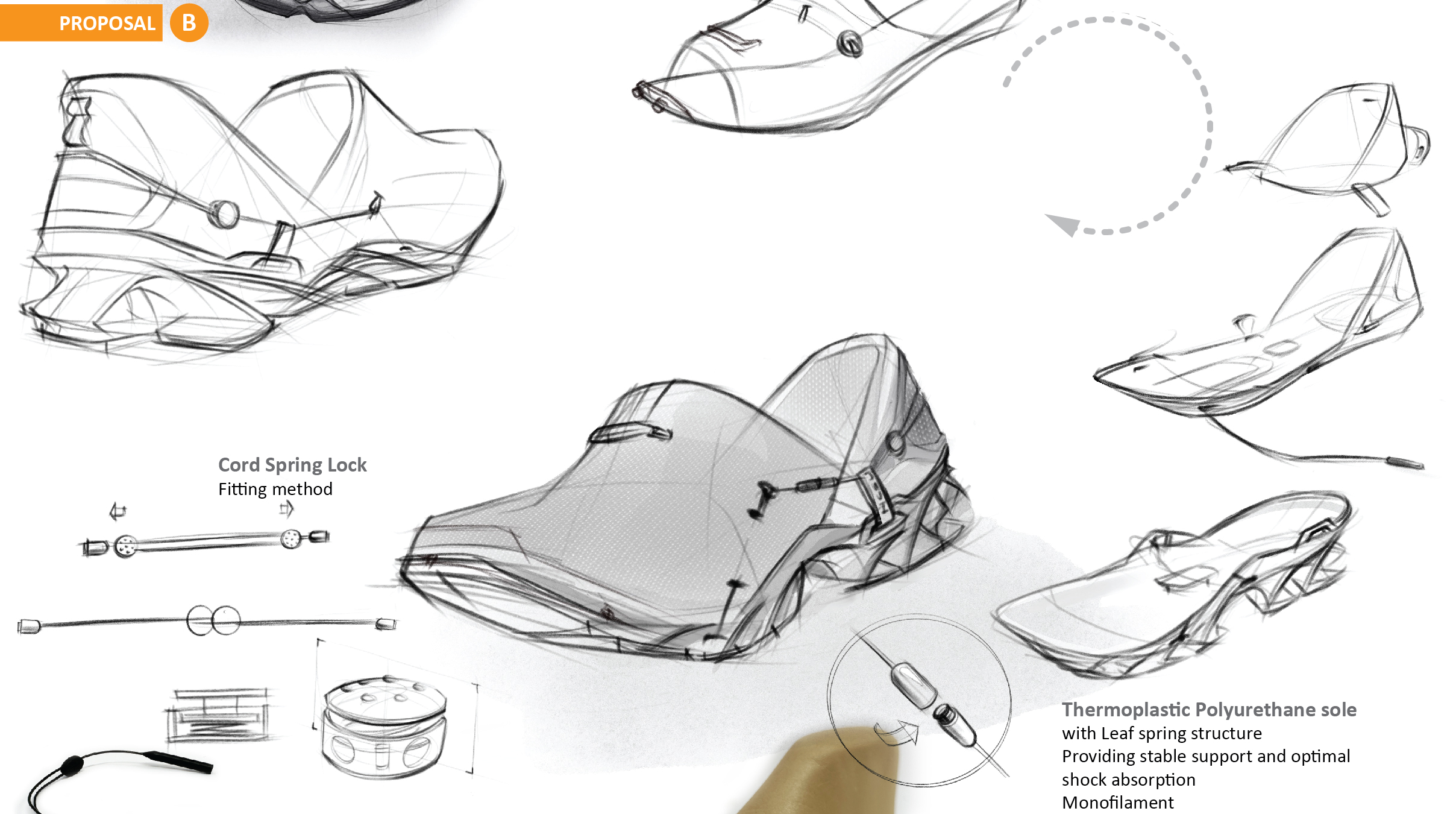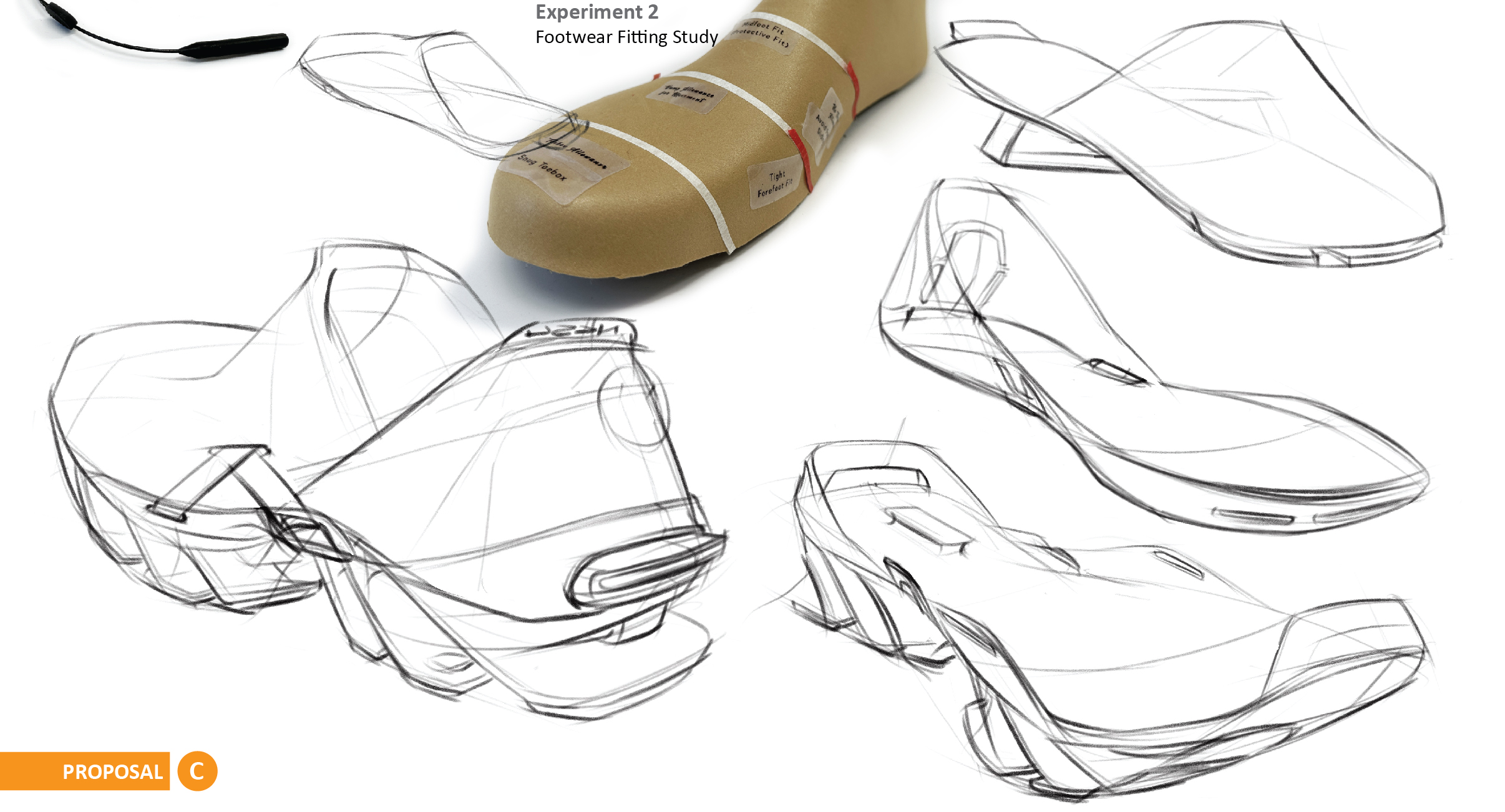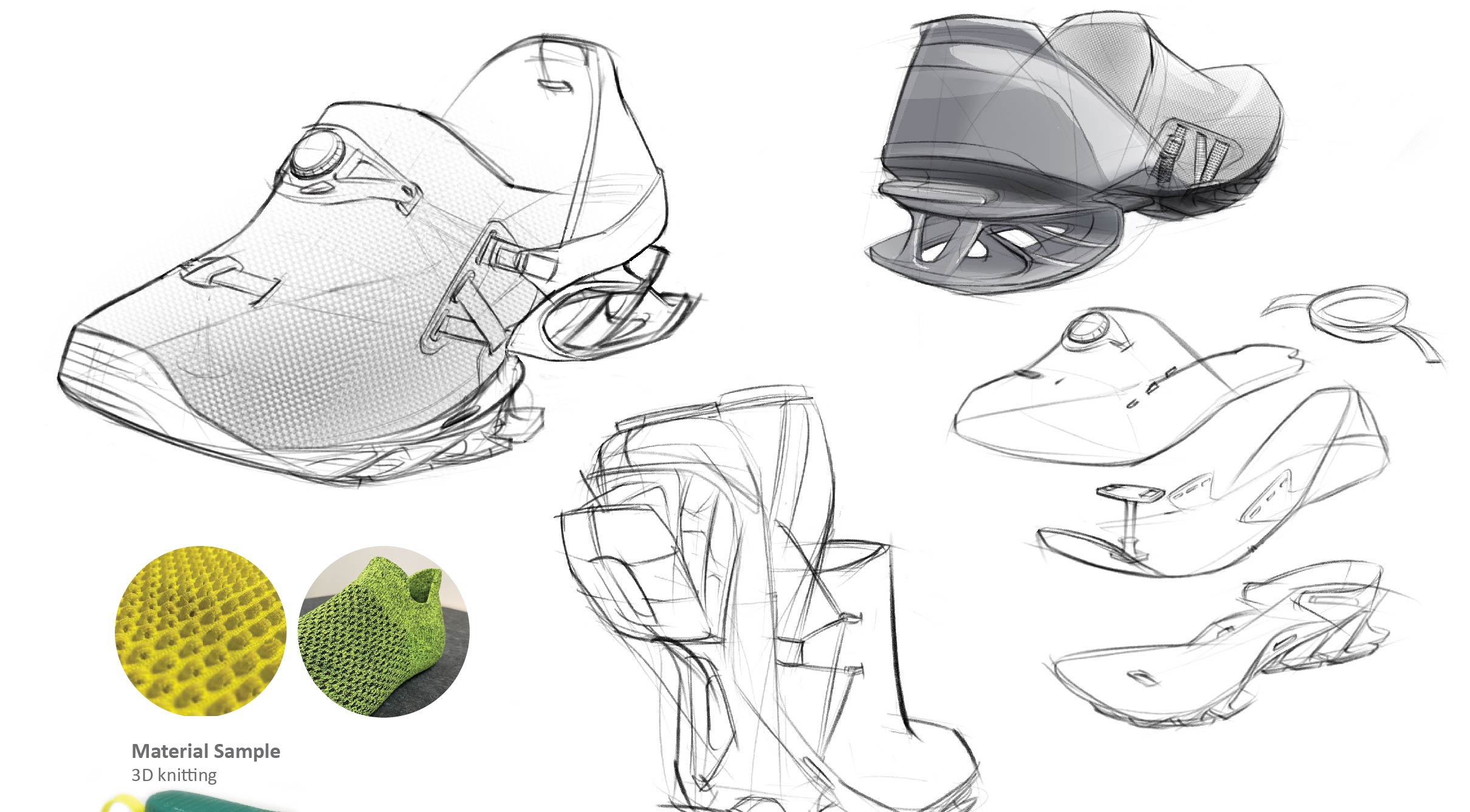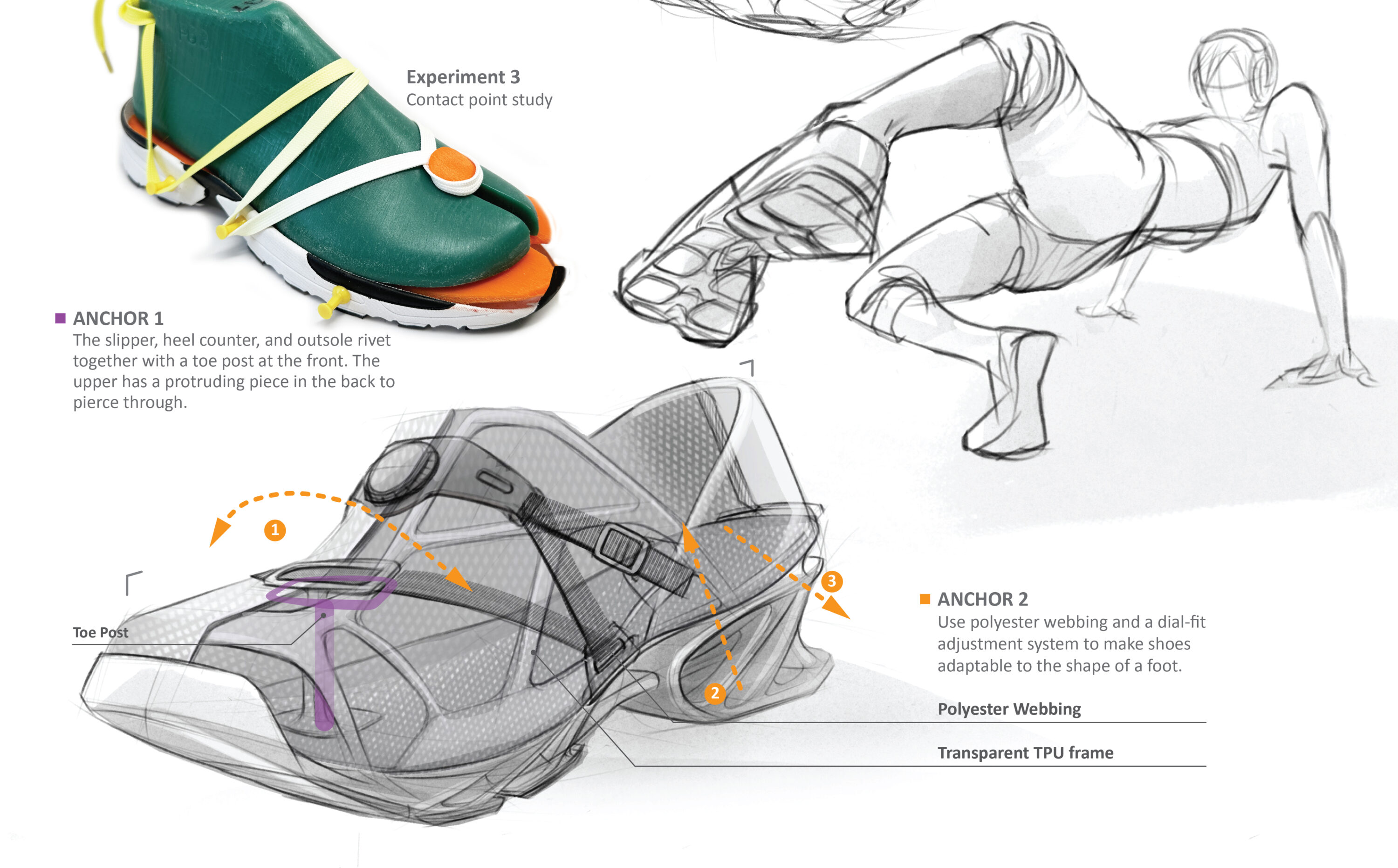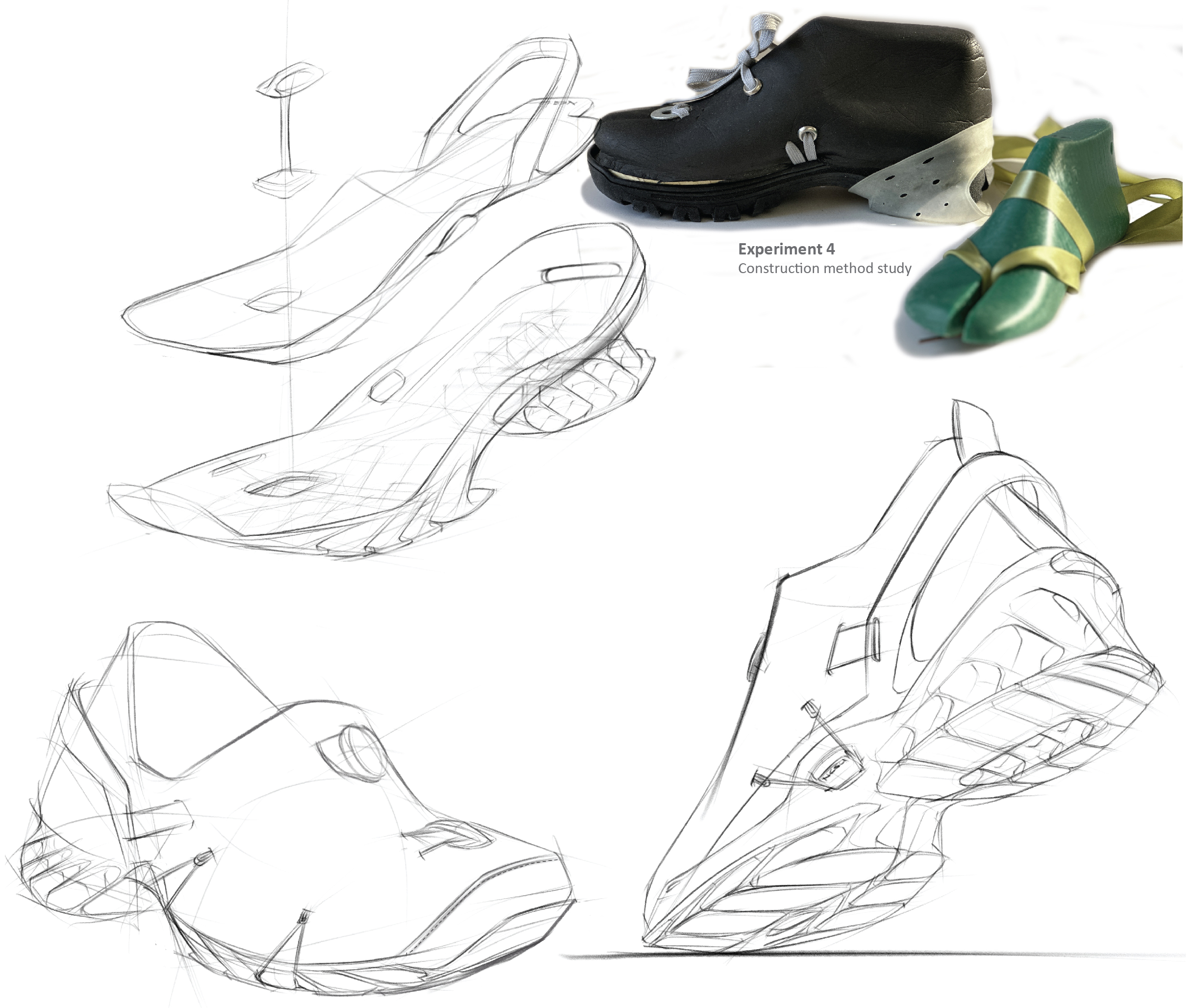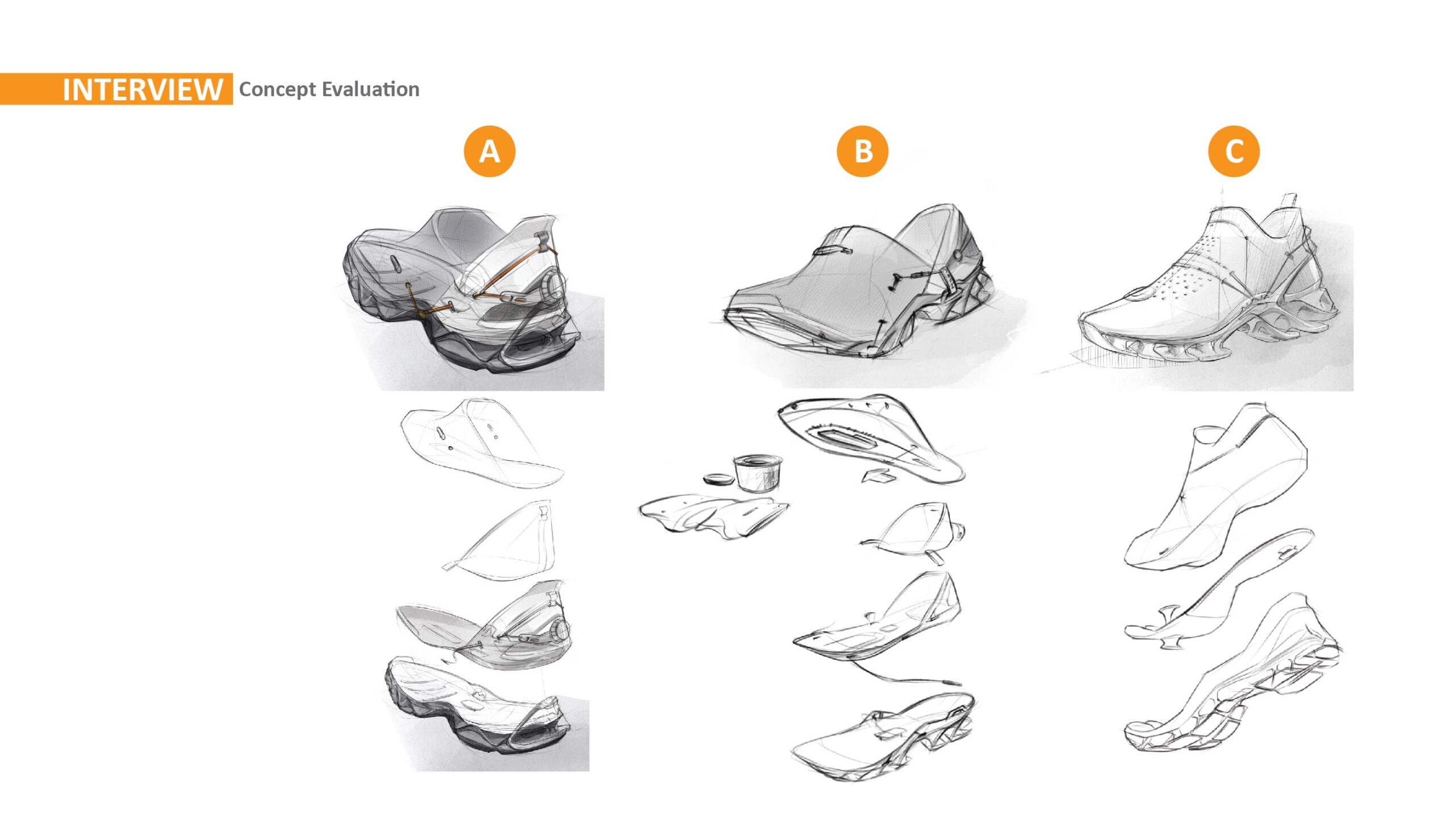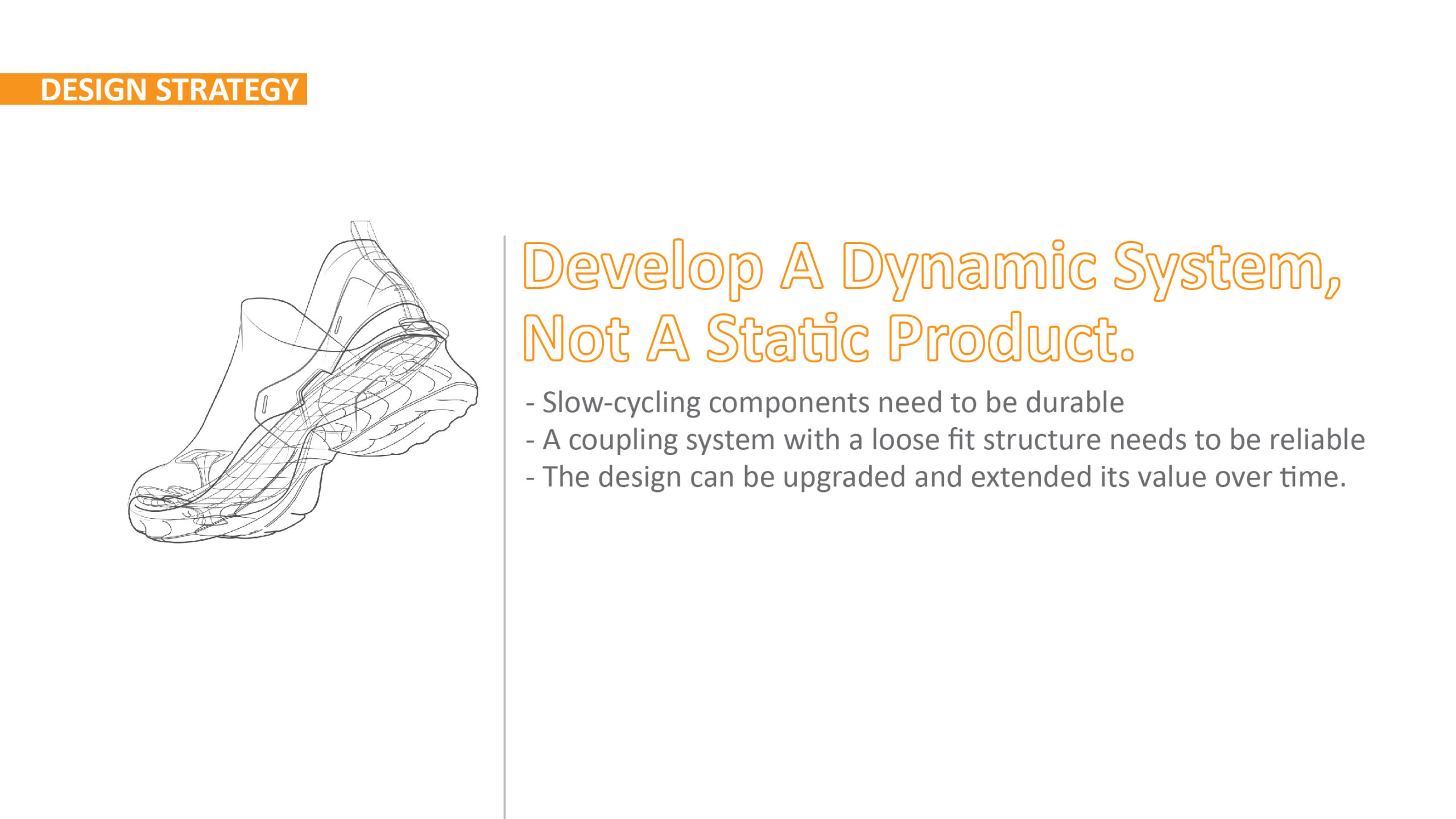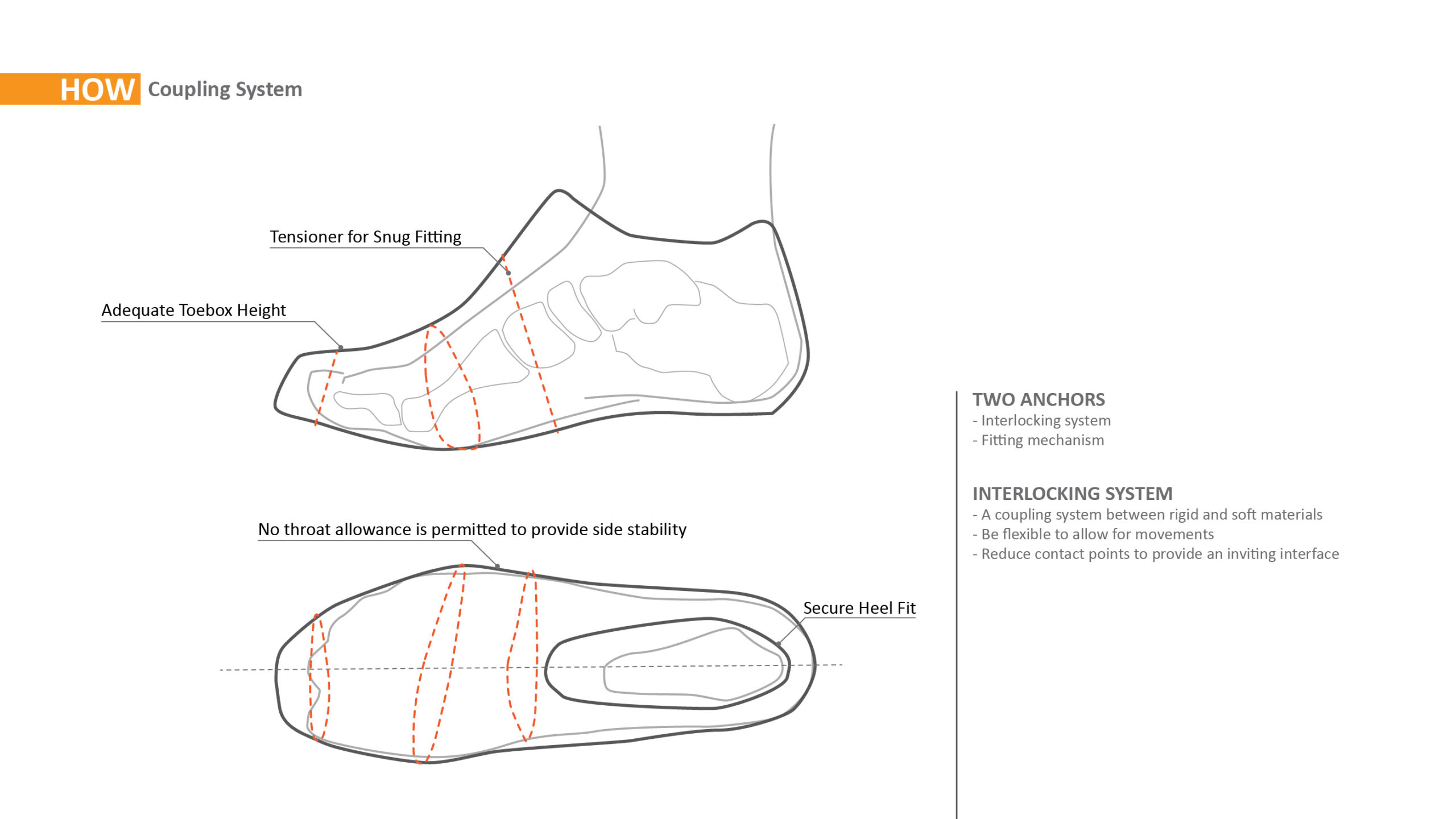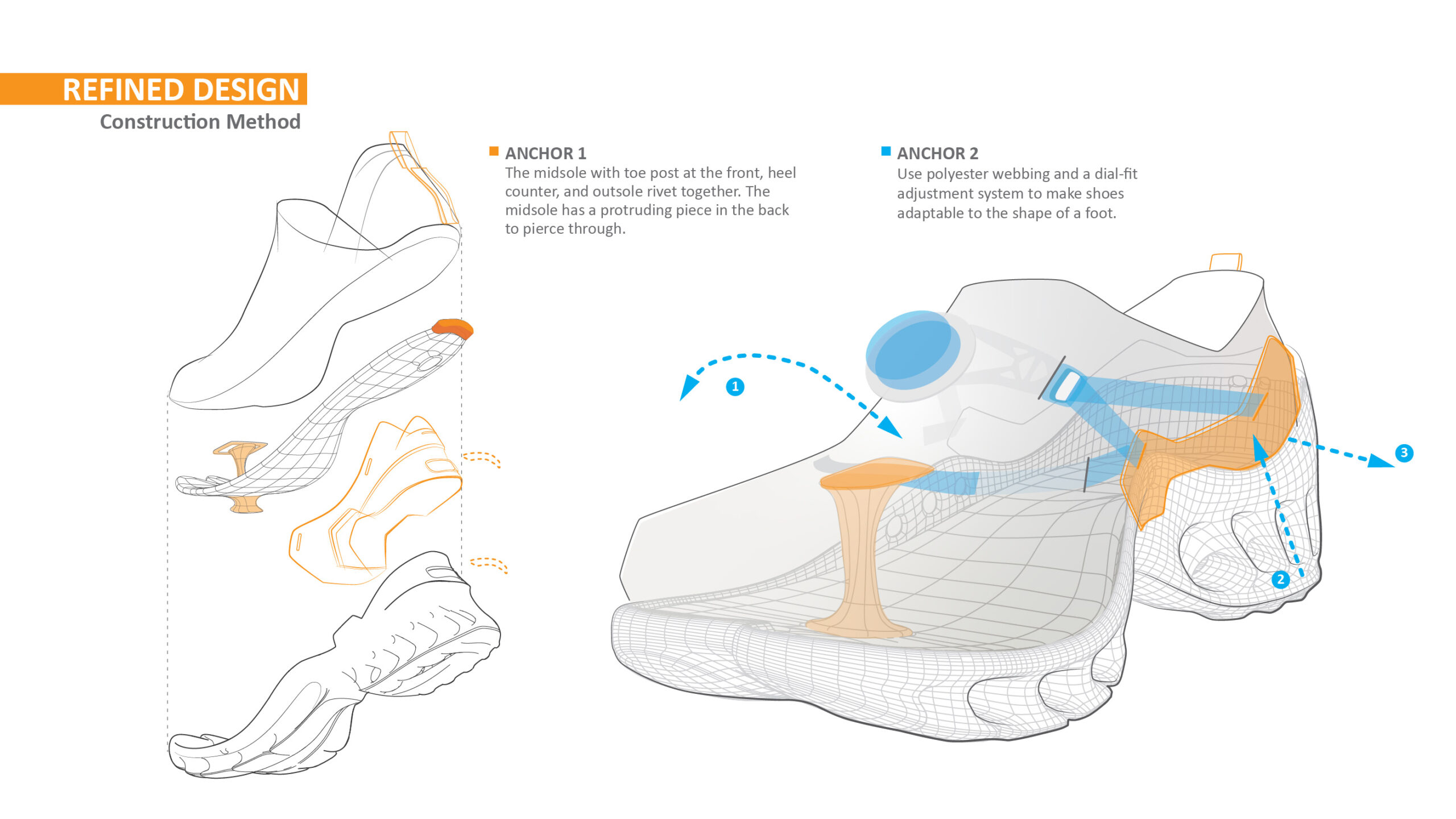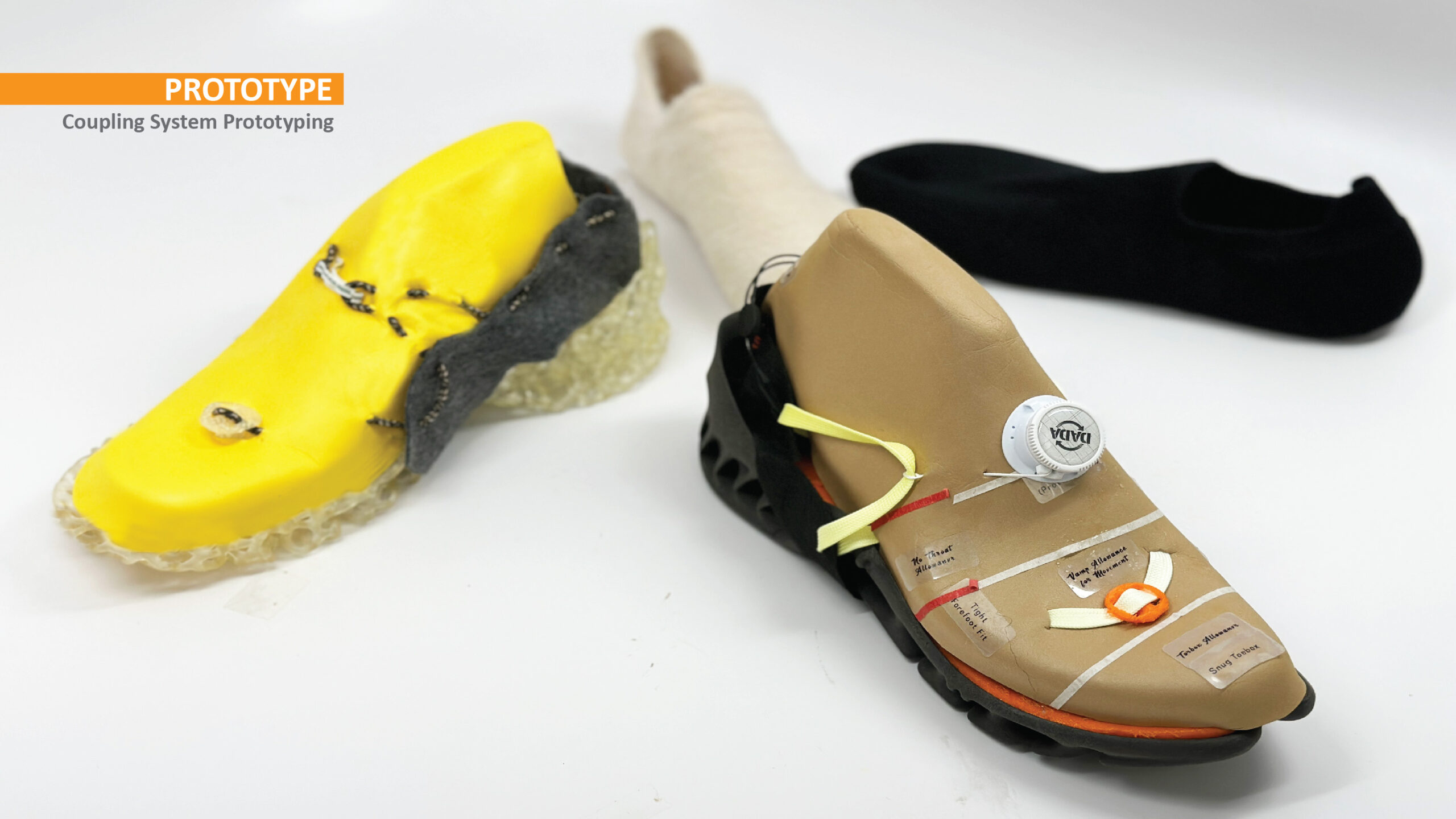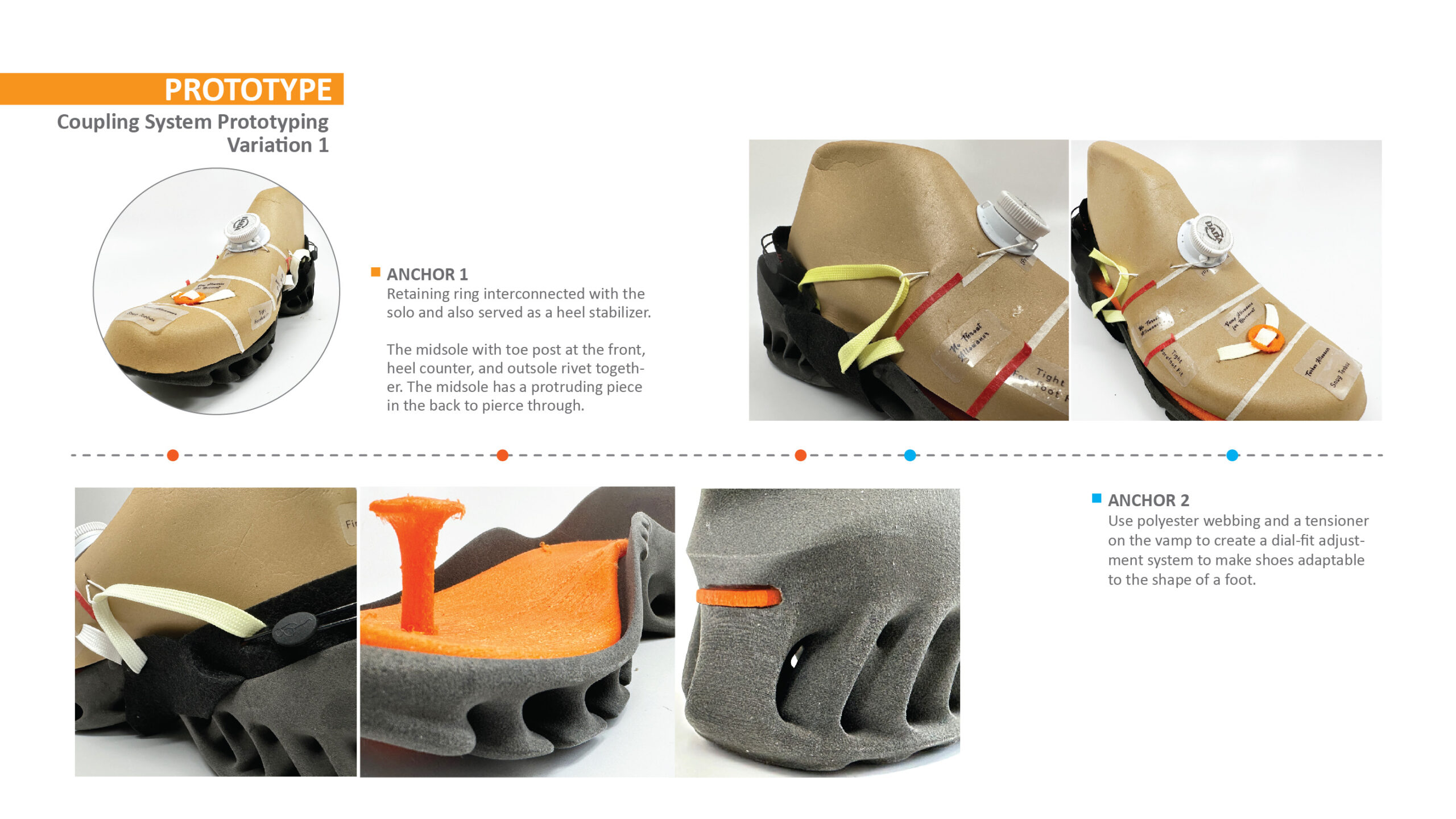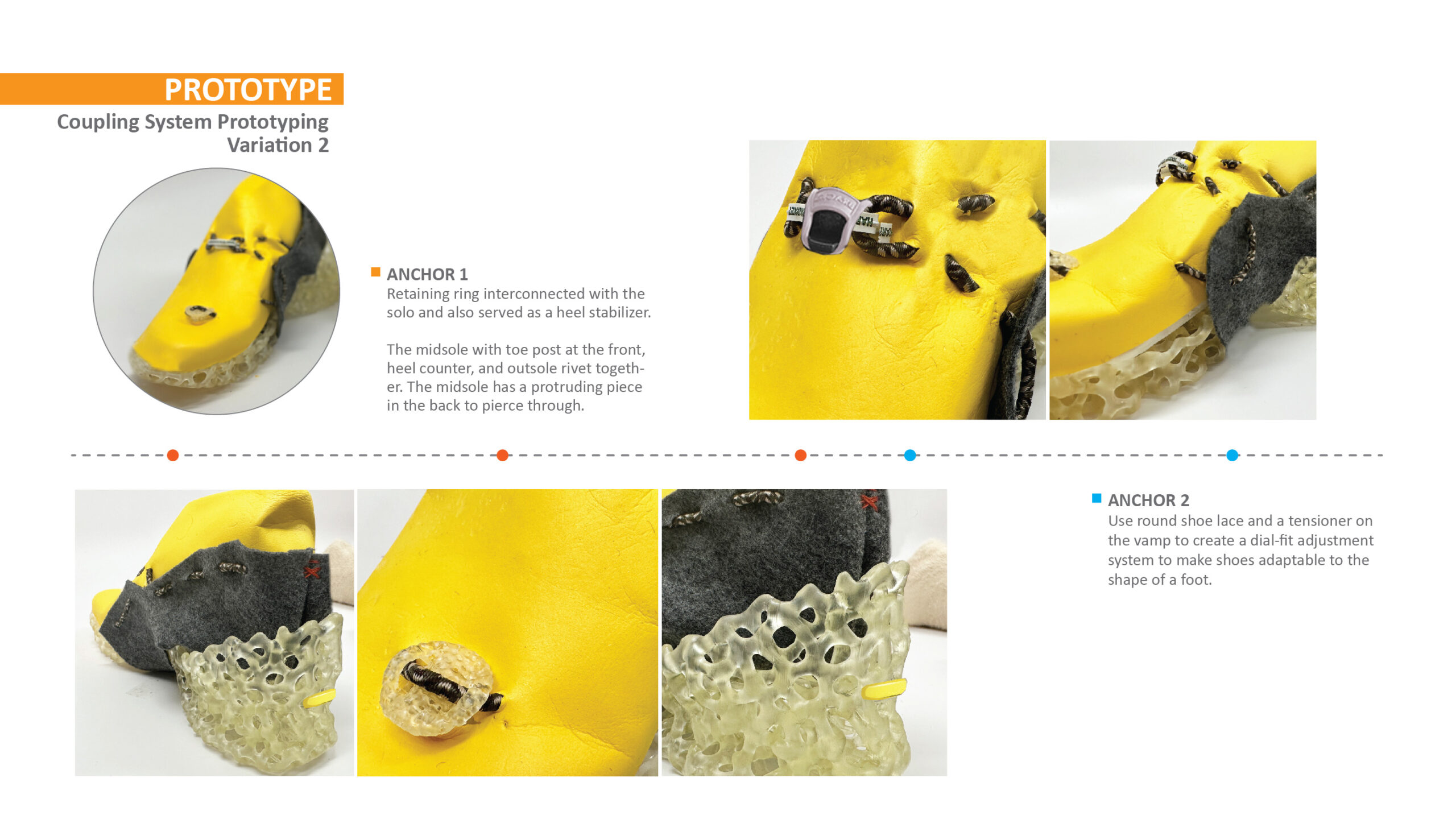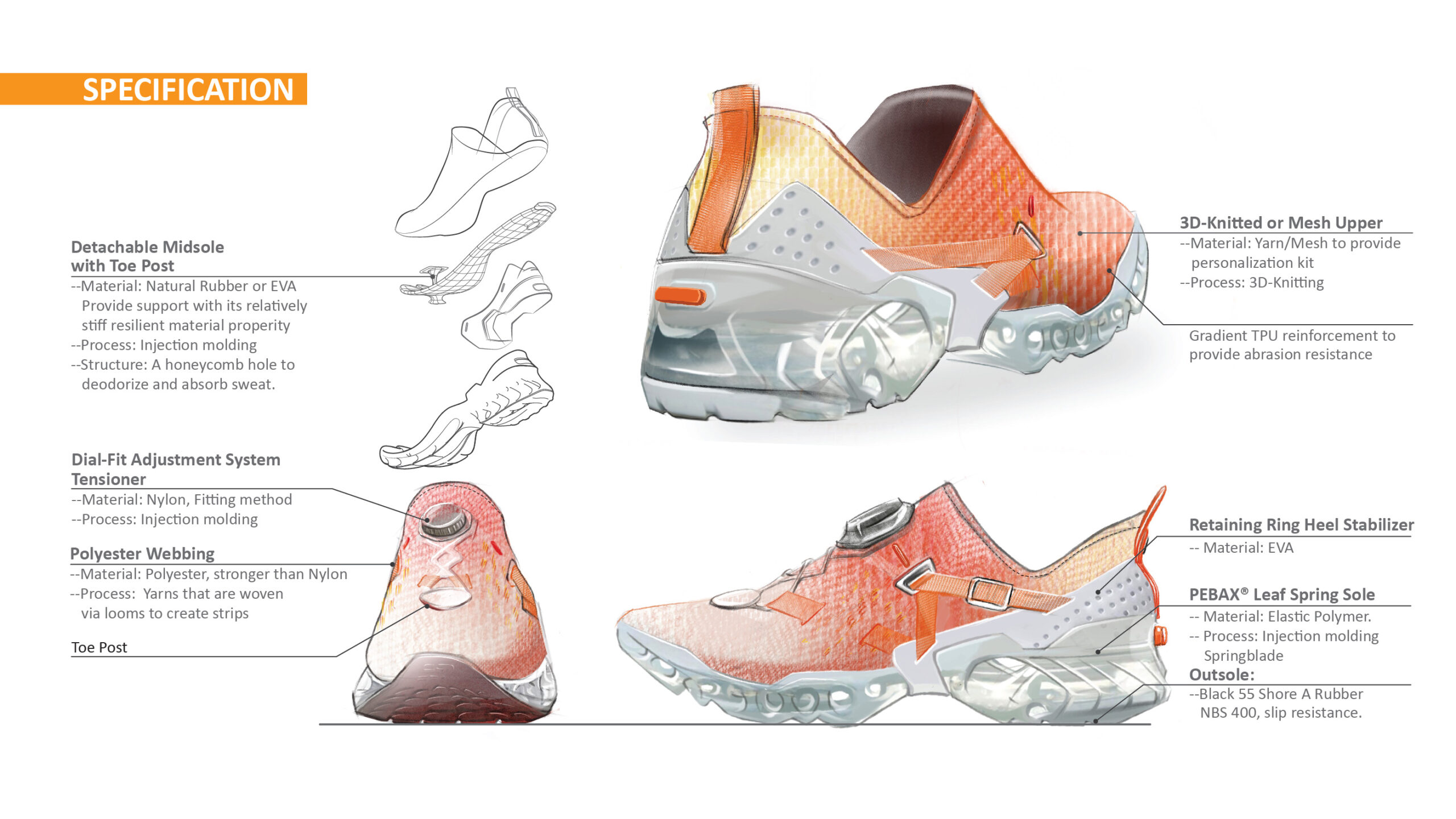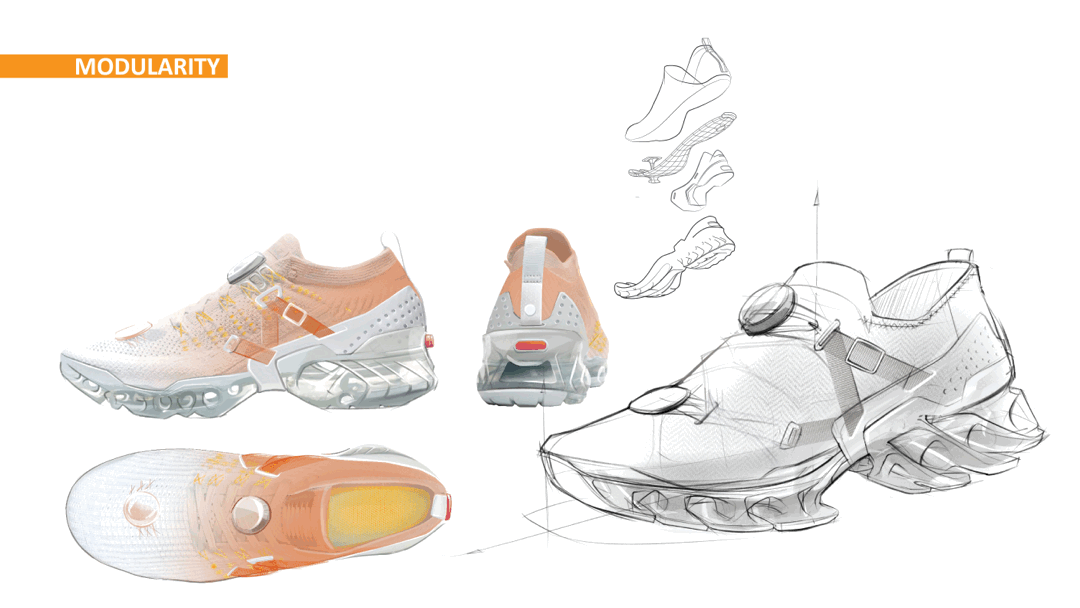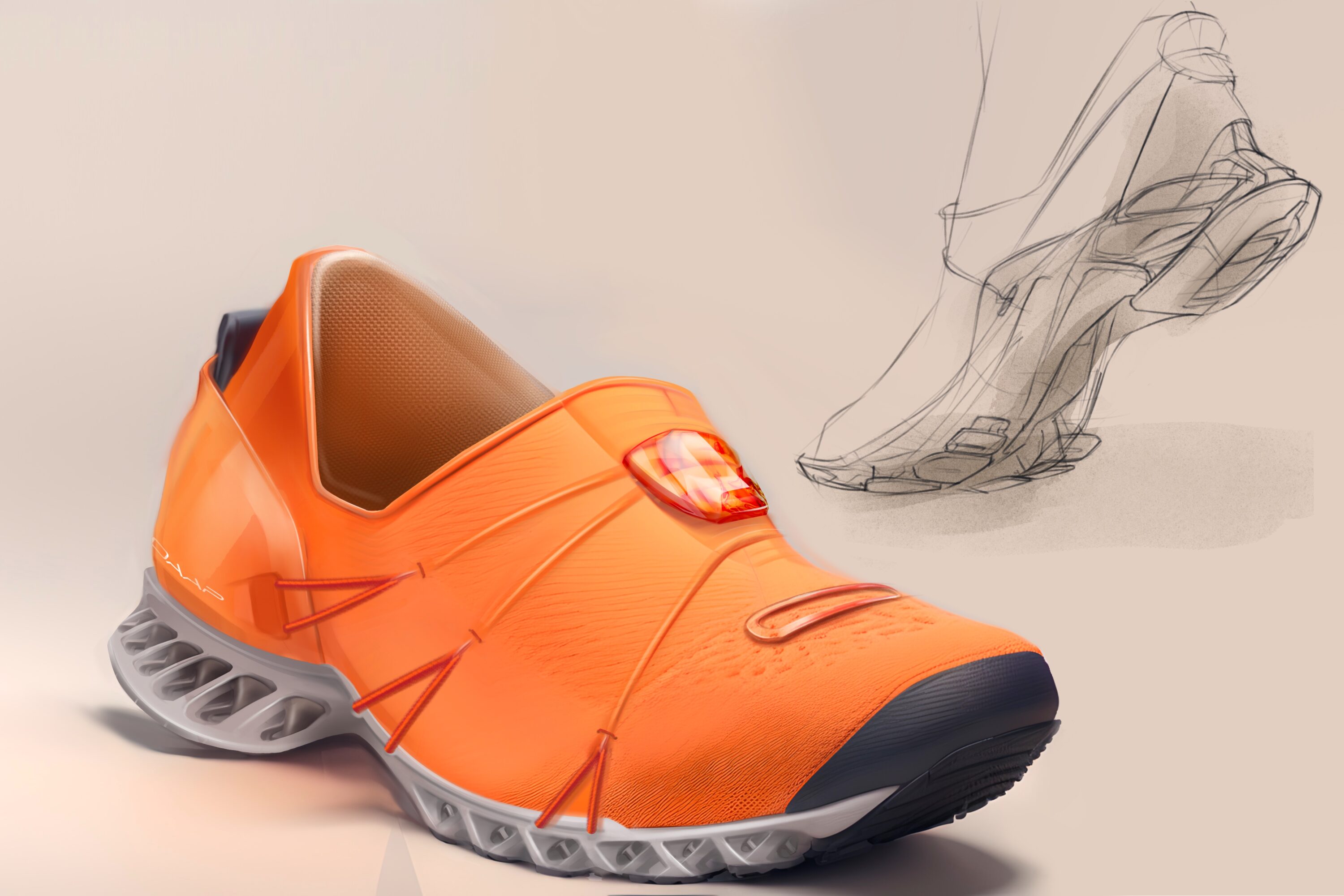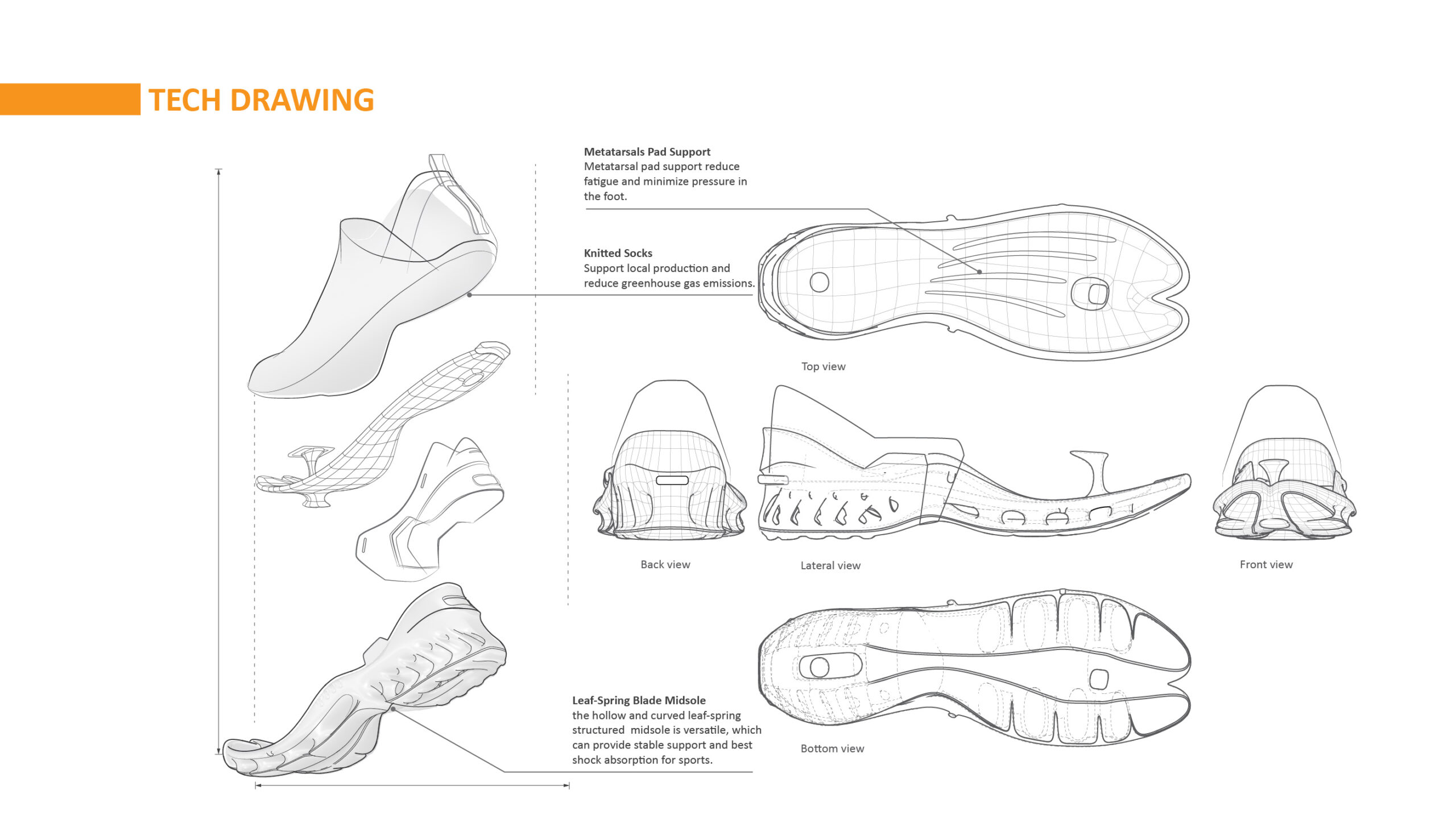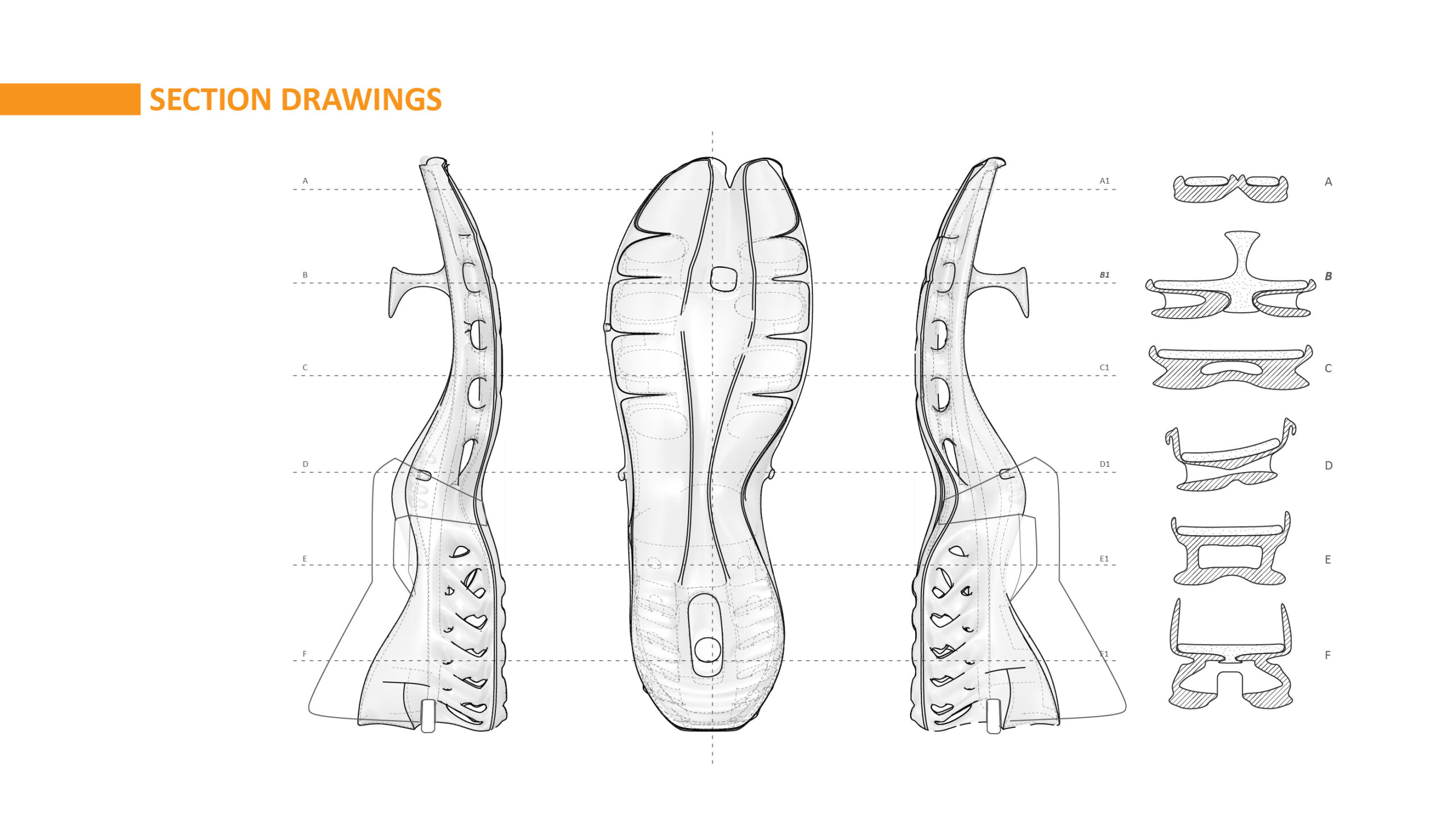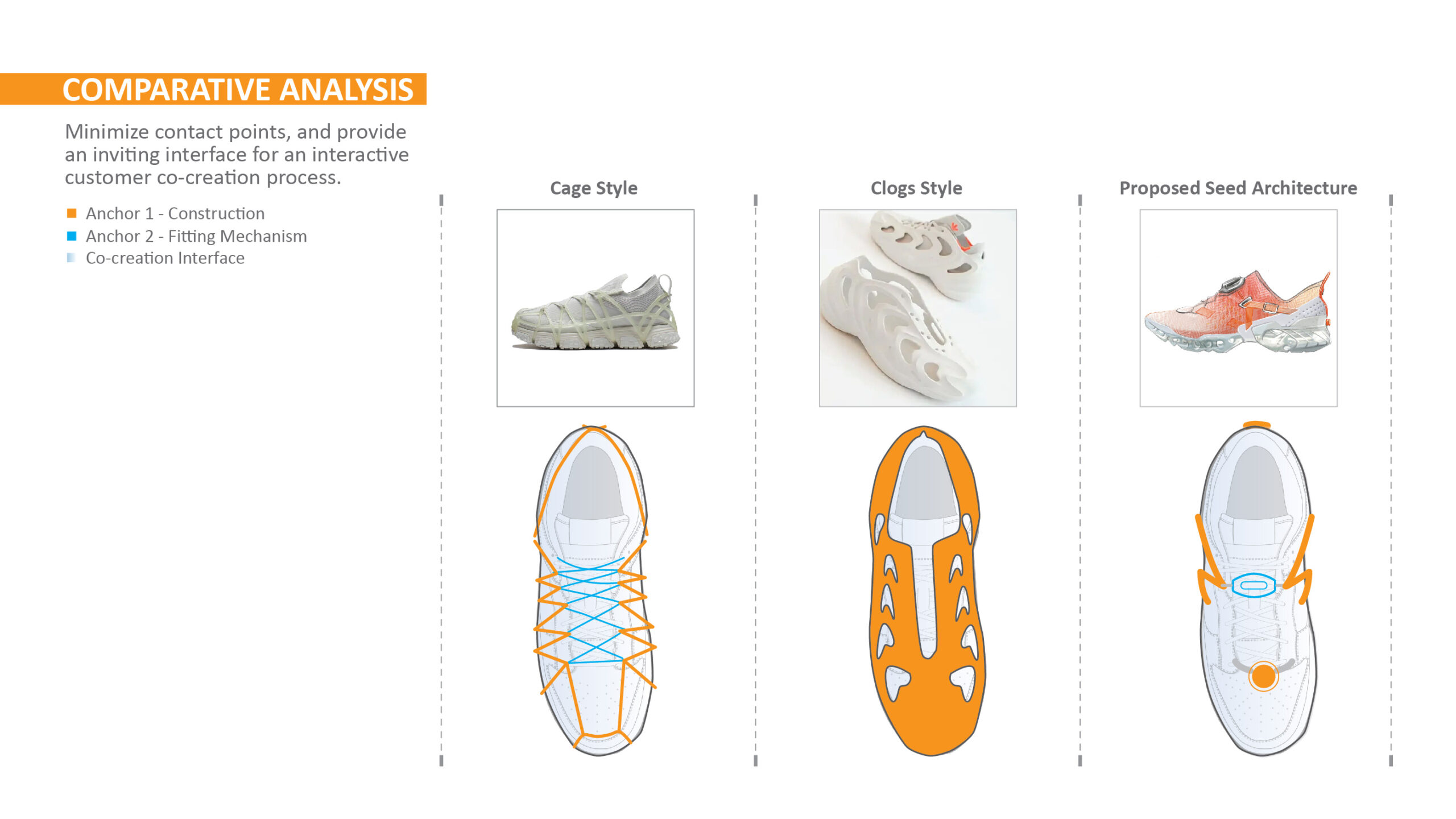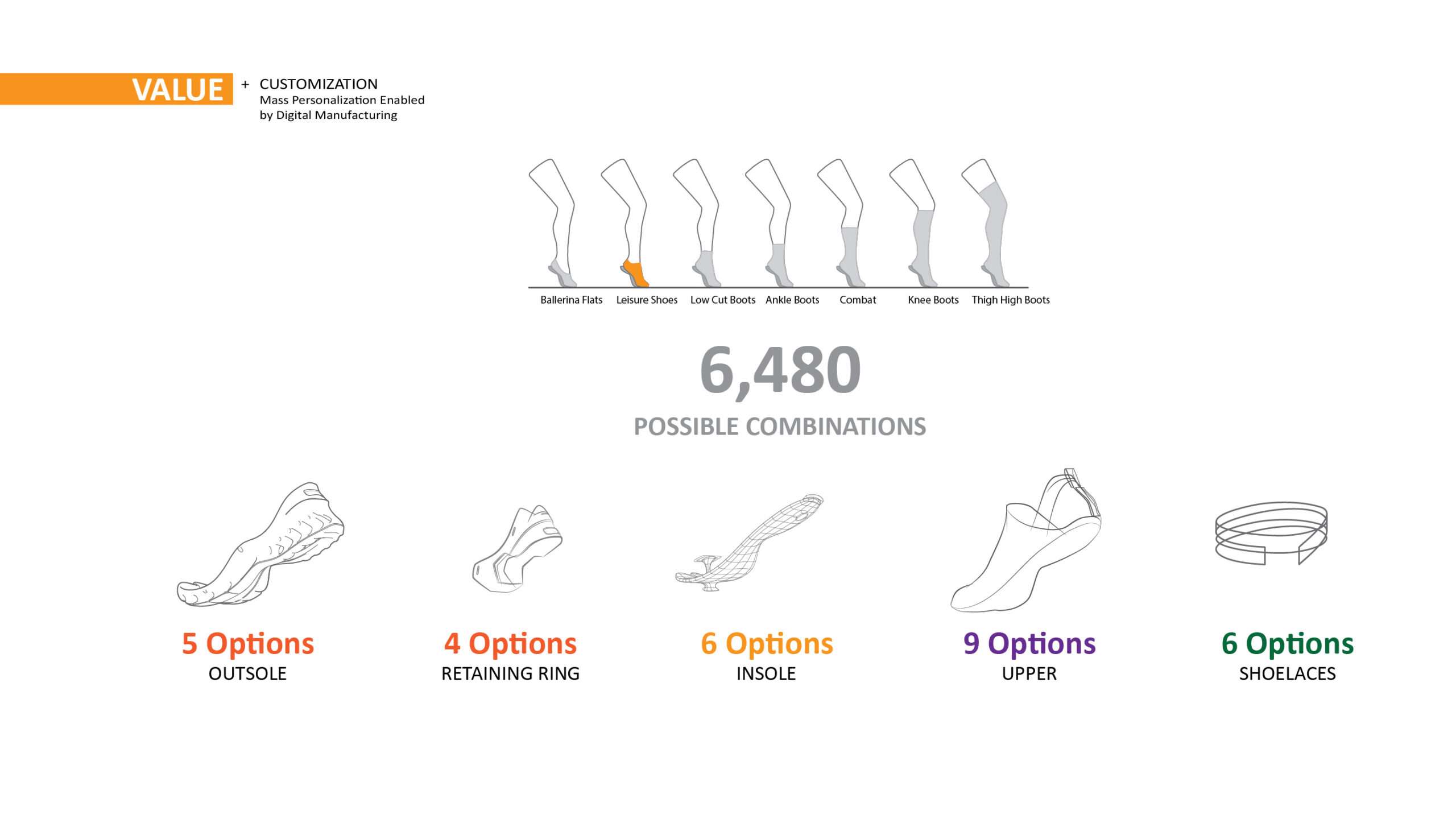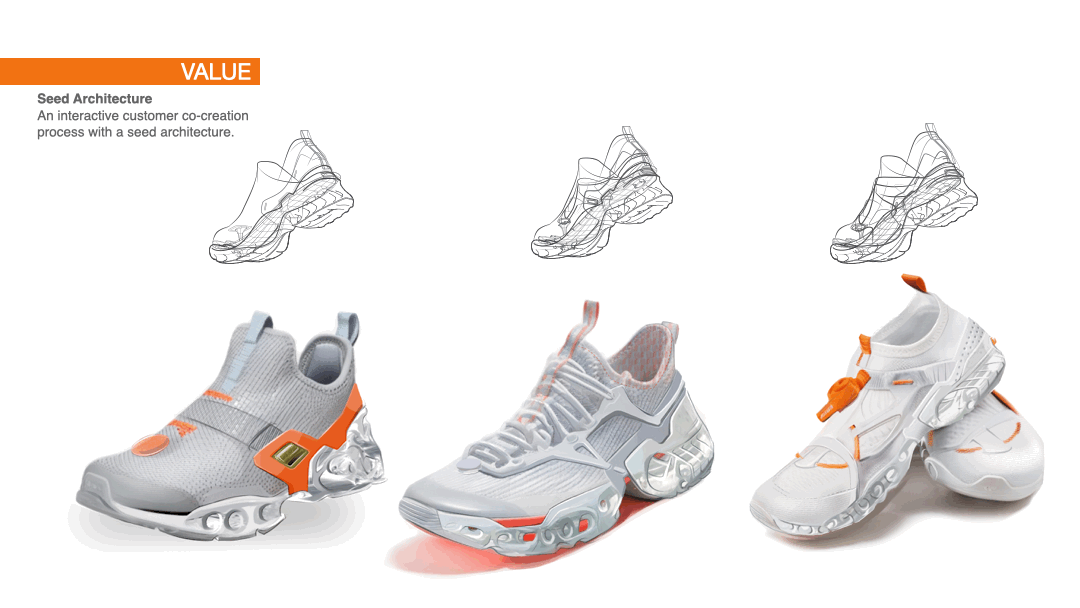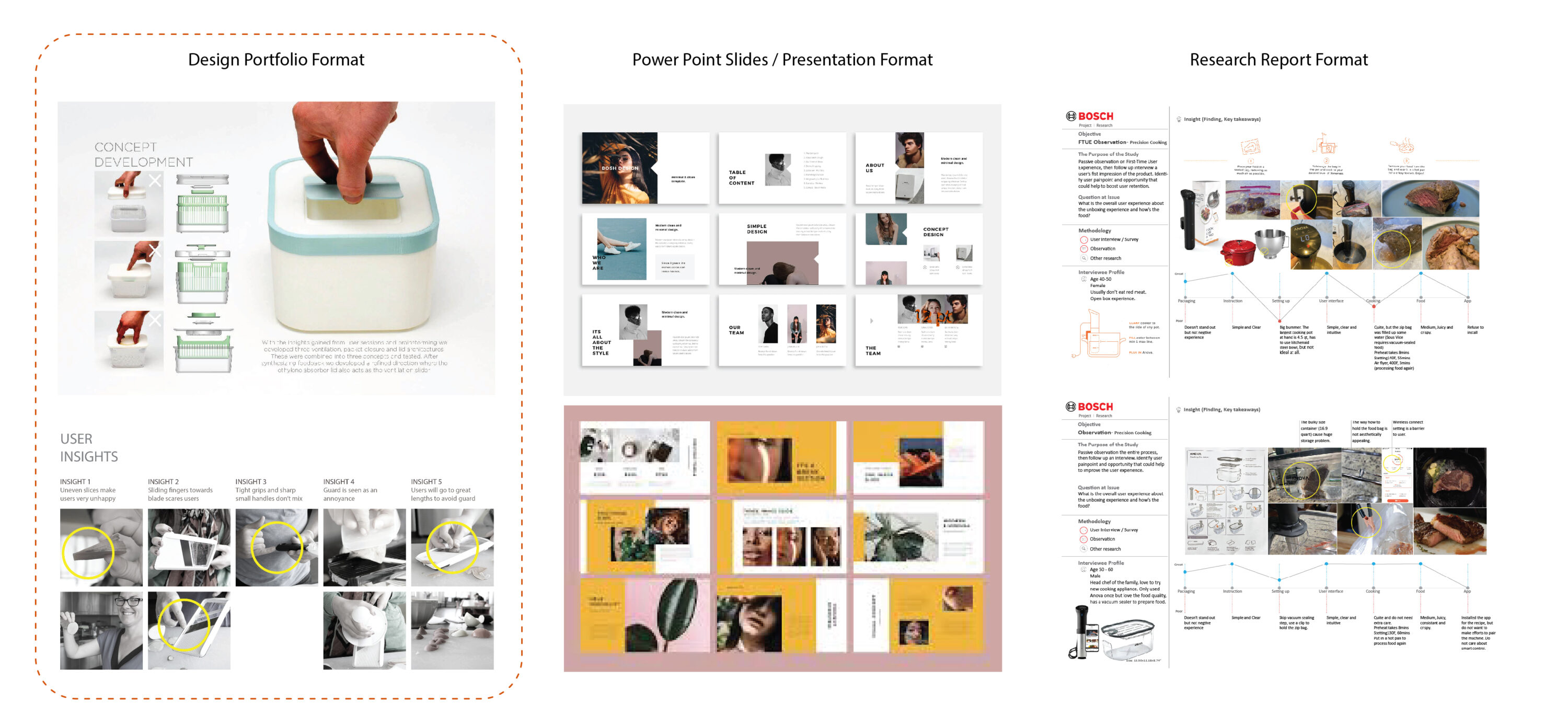DesCom 101
Develop Robust Communication Skills to Explore Design Solutions.
Each Stroke Is a Curation of Micro-Decisions.
Four Types of Design Communications throughout the Process.
Step 1
Investigative Sketches
loose and creative
Objective
Draw quick and loose, Use sketch to understand a problem, analyze structure and elements relevant to the project.
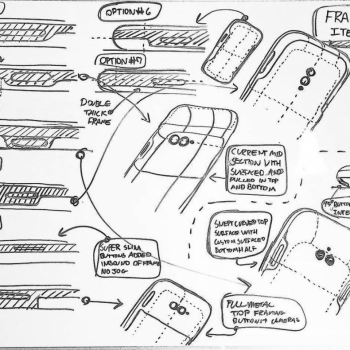
Step 2
Explorative Sketches
fleshed out and open to interpretation
Objective
Map out readable sketches. Generate and explore more to illustrate the more fleshed out ideas for evaluating.

Step 3
Explanatory Sketches
clear and unambiguous
Objective
Create to explain context, interaction and functionality, often communicate a design in a clear and neutral manner.
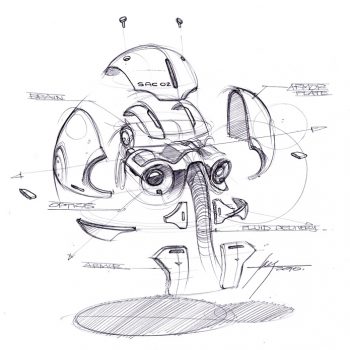
work by Spencer Nugent
Step 4
Persuasive Sketches
convey an emotion and carry a story
Objective
It was drawn to influence the audience, convey the character and promote a design concept.

Develop Critical Thinking
What is the investigative sketch
Click this link_Investigative Sketches (analytical drawings) are the SOUL of Ideation Sketches.
Make a plan
Think before Do
Investigative Sketches (Analytic drawing)
▪ Architecture study based on design hypothesis, list all the potential configurations of the internal components.
▪ How to interact – Mechanism study (cross-section)
▪ Orthographic drawing
▪ Diagram
– Ergonomic analysis (proportion, interactions)
— Static or dynamic force analysis to anticipate potential problems.
— Cross-sectional diagram of the design
▪ Design experiments ABCD that relevant to your project
Keep use case in mind, exhaust all avenues, map out all the possibilities, combinations.
Keep this doodling to yourself and mix them as call-out for your ideation sketch (presentation level)
How It Started (investigative)
keep it to yourself or put diagram as callout for internal presentation page
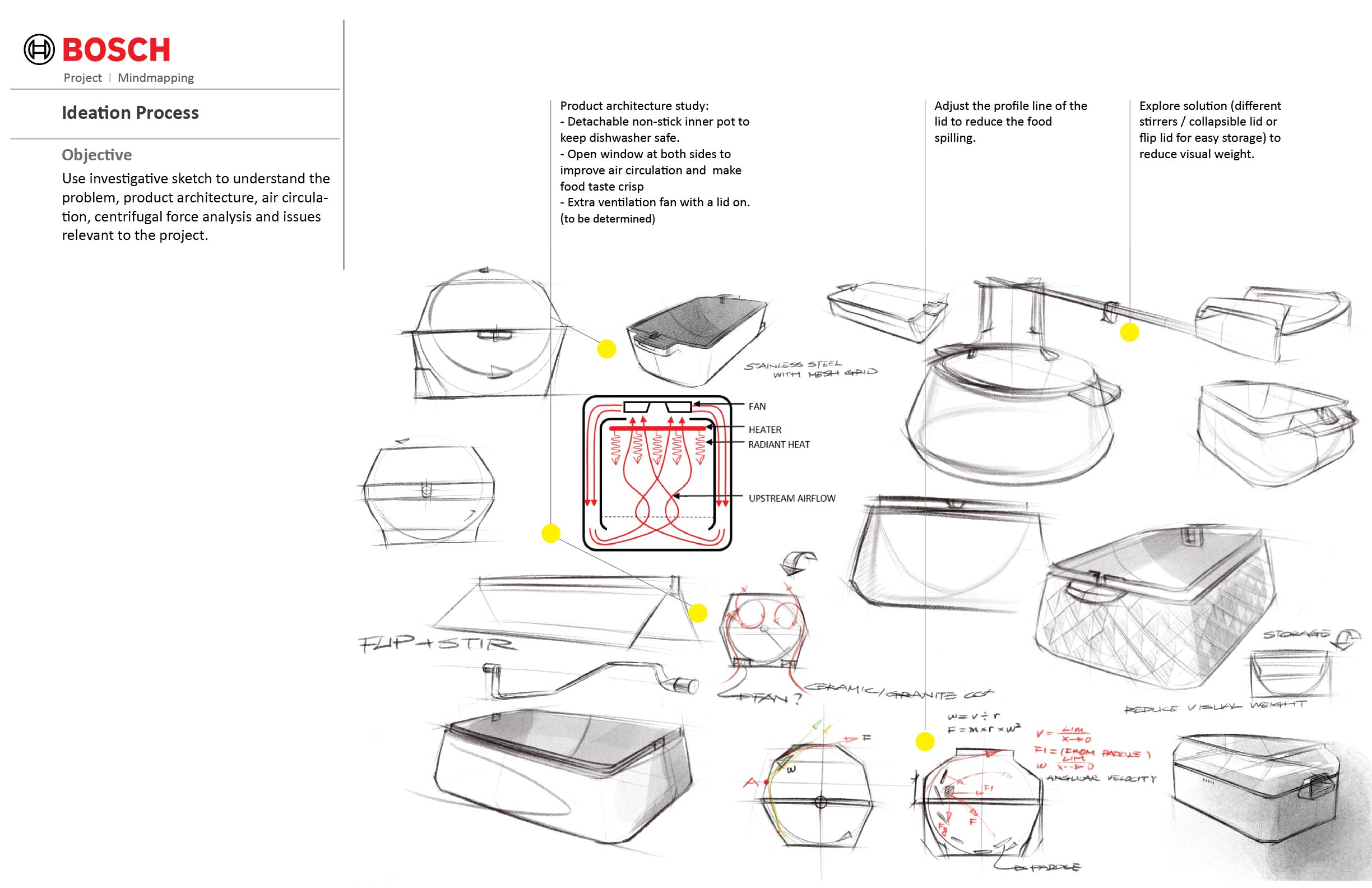
Medium-fidelity Internal Review
find more example here and how it was developed into medium medium-fidelity sketch
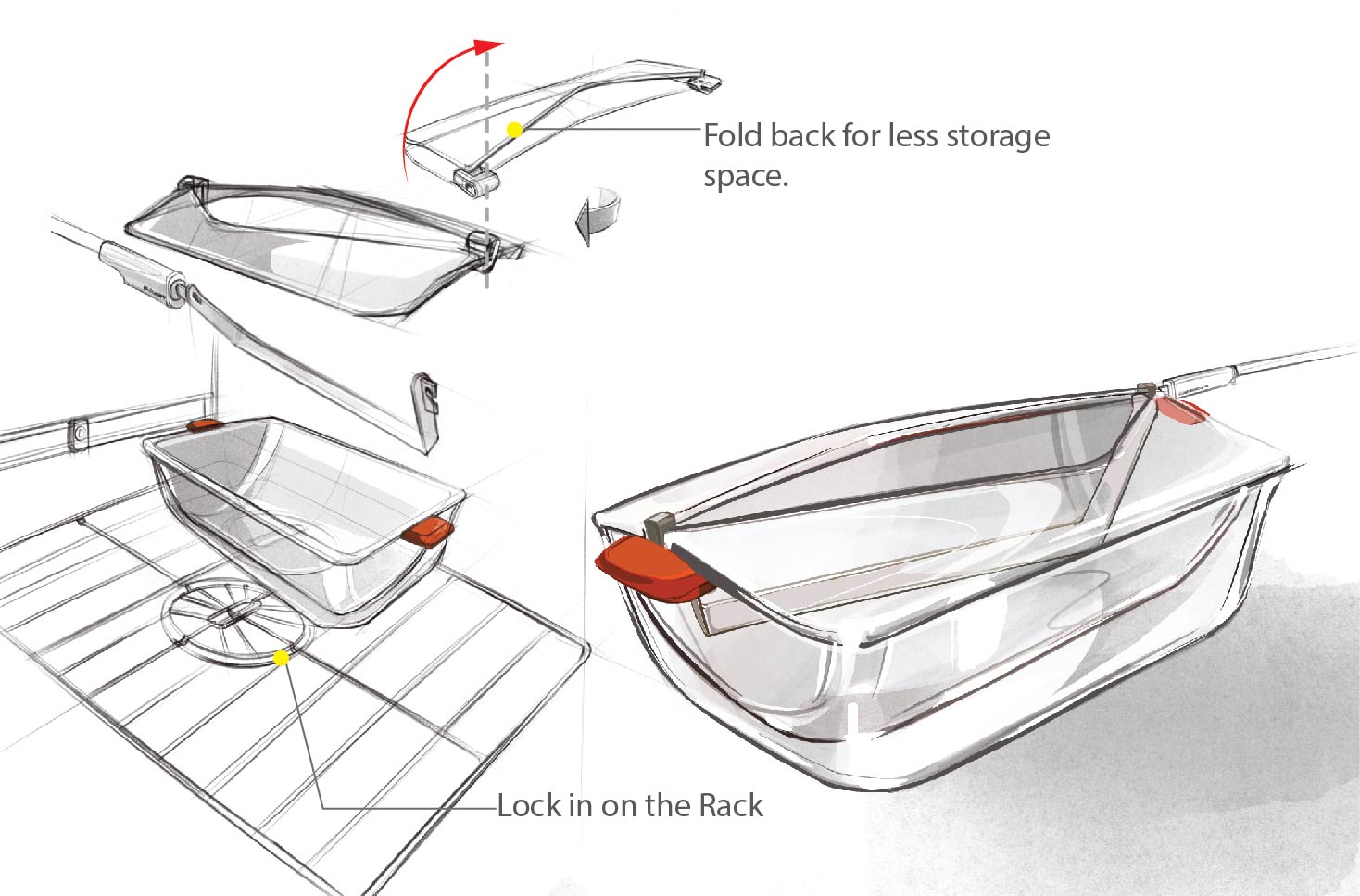
Sketching with Prototyping
One of the best ways to gain insights in a design process is to carry out some form of prototyping. It produce an early, inexpensive, and scaled down version of the product in order to reveal any problems with the current design.
Why logic and reasoning is essential in creative thinking? – Watch Elon Musk at Baron Investment Conference

Find more constraints | Set more hypotheses | Make more design decisions | Focus more on details
Explorative Sketches
Be Exhaustive
Internal Review Quality + Quantity
Ideation sketch page should include the information below (in red):
– orthographic views, isometric drawings, close-ups or blow-up details, analytical diagrams (mix with the refined investigative diagram from the investigative sketches, also could put digital diagrams to achieve dynamic page composition), call-outs (graphic and text), cross-sections, multiple angles, assembly diagrams, and exploded views, to show the process of visual deliberation.
– different variations,
– diagrams (force analysis, ergonomic analysis, architecture layout from first round investigative sketch)
– design context,
– annotating or highlighting key elements
Here’s a demo of making a plan for visual deliberation
What is deep thinking?_Scroll down to the bottom and check the list of where the details come from
Anticipate Potential Problems or Fabrication / Post-production Constraints
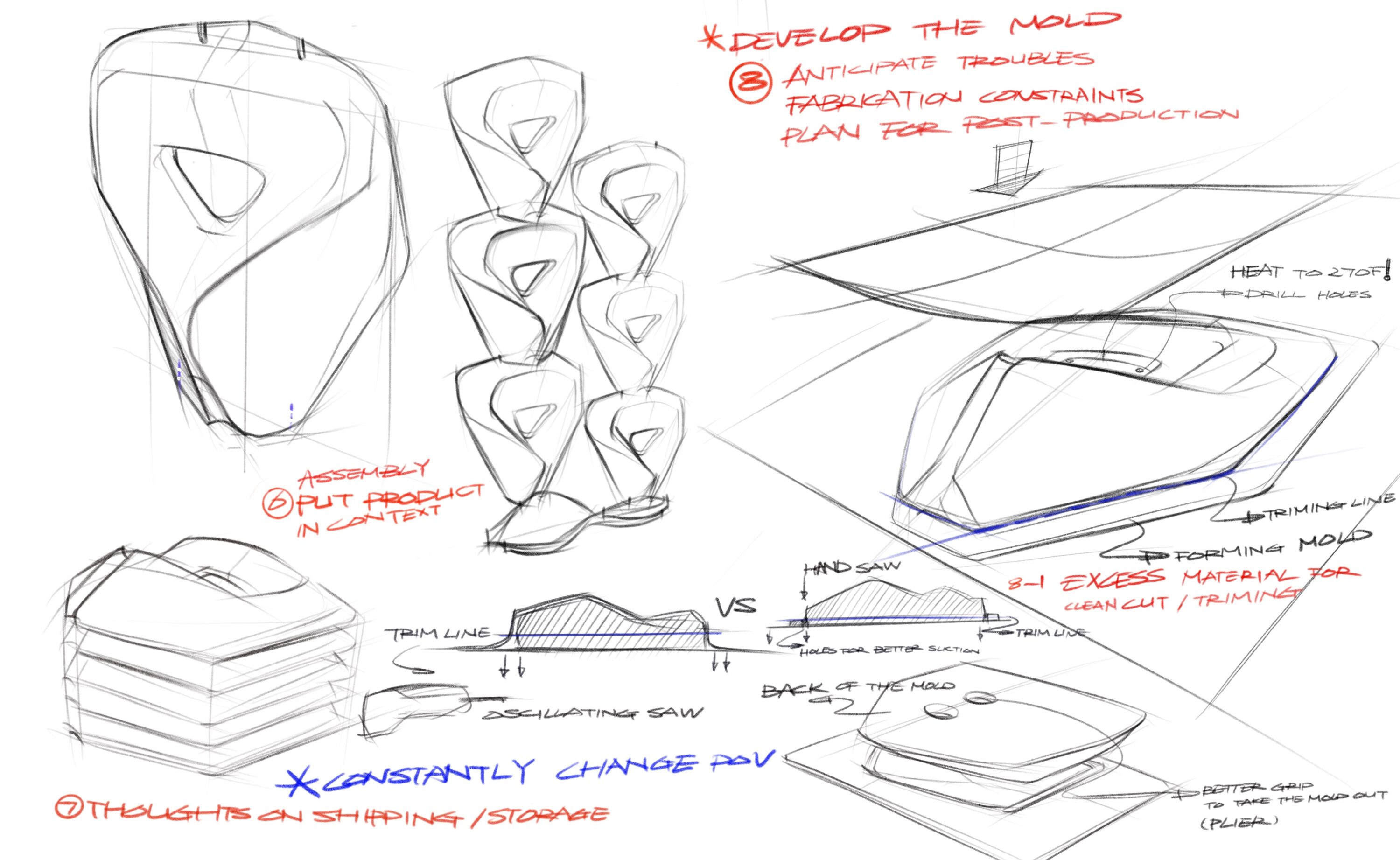
Use Your Prototypes As An Underlay If You Are Still in Your Early Stage of Education
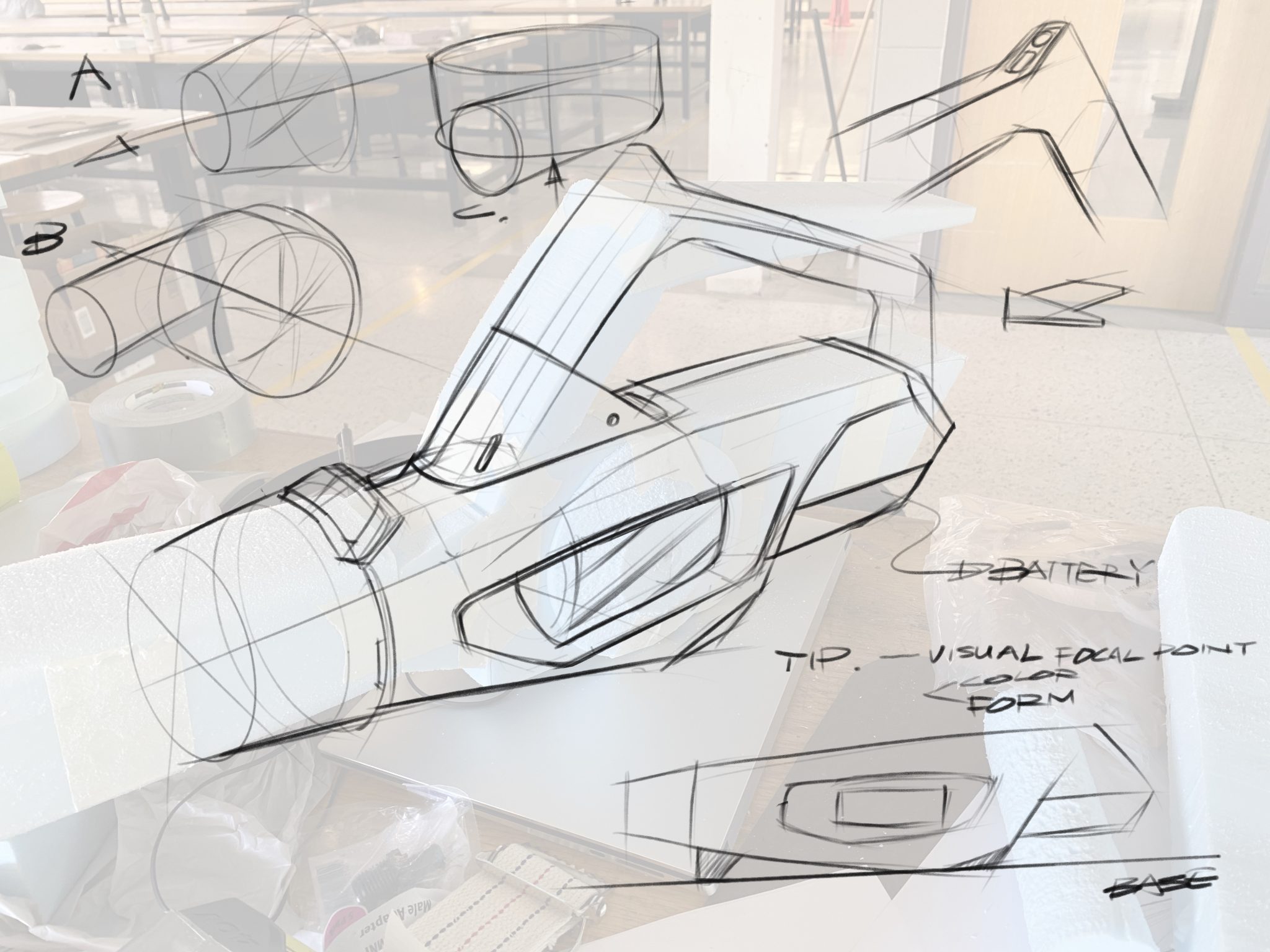
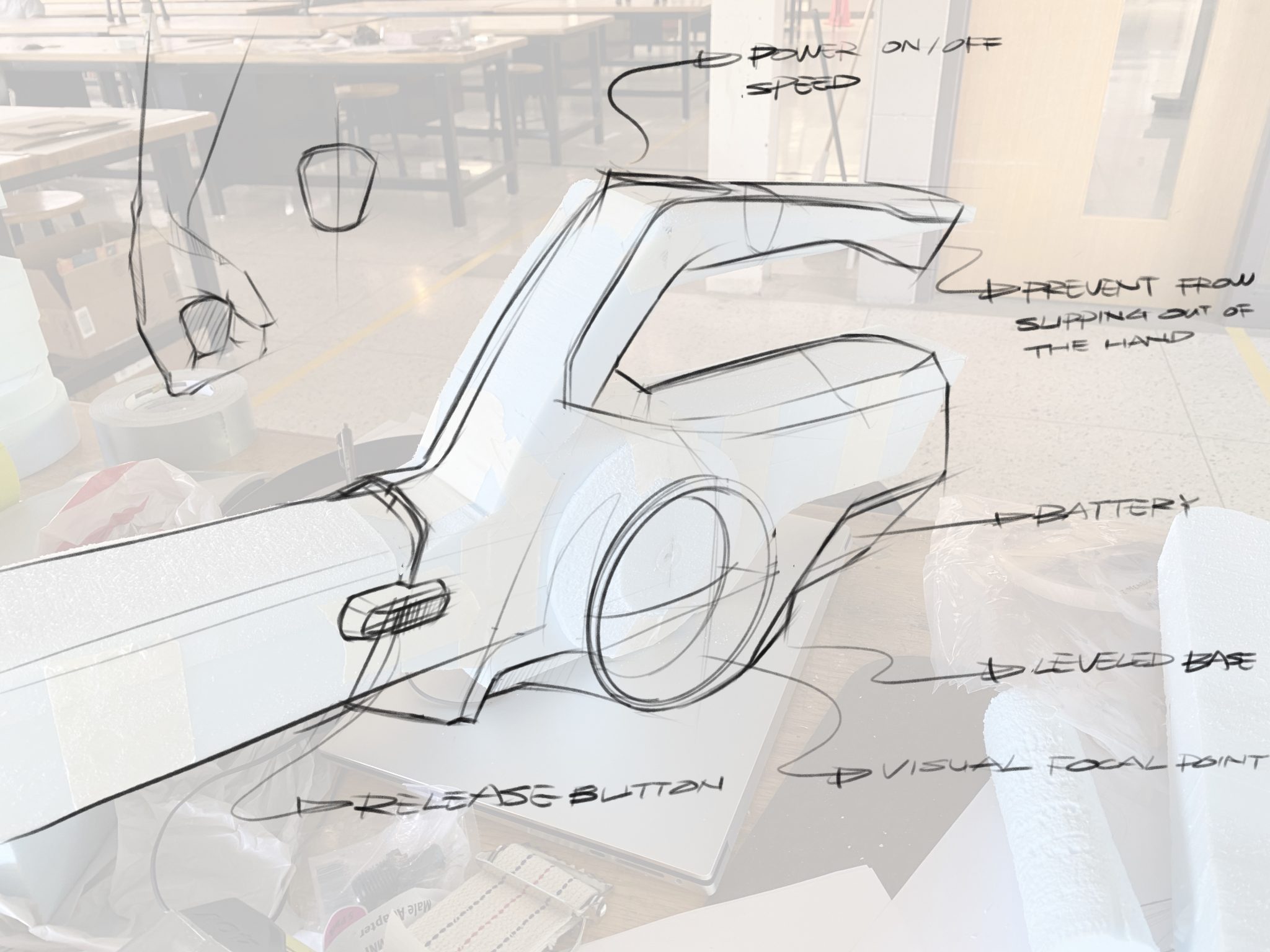
More Fabrication Related Consideration (Early Stage)
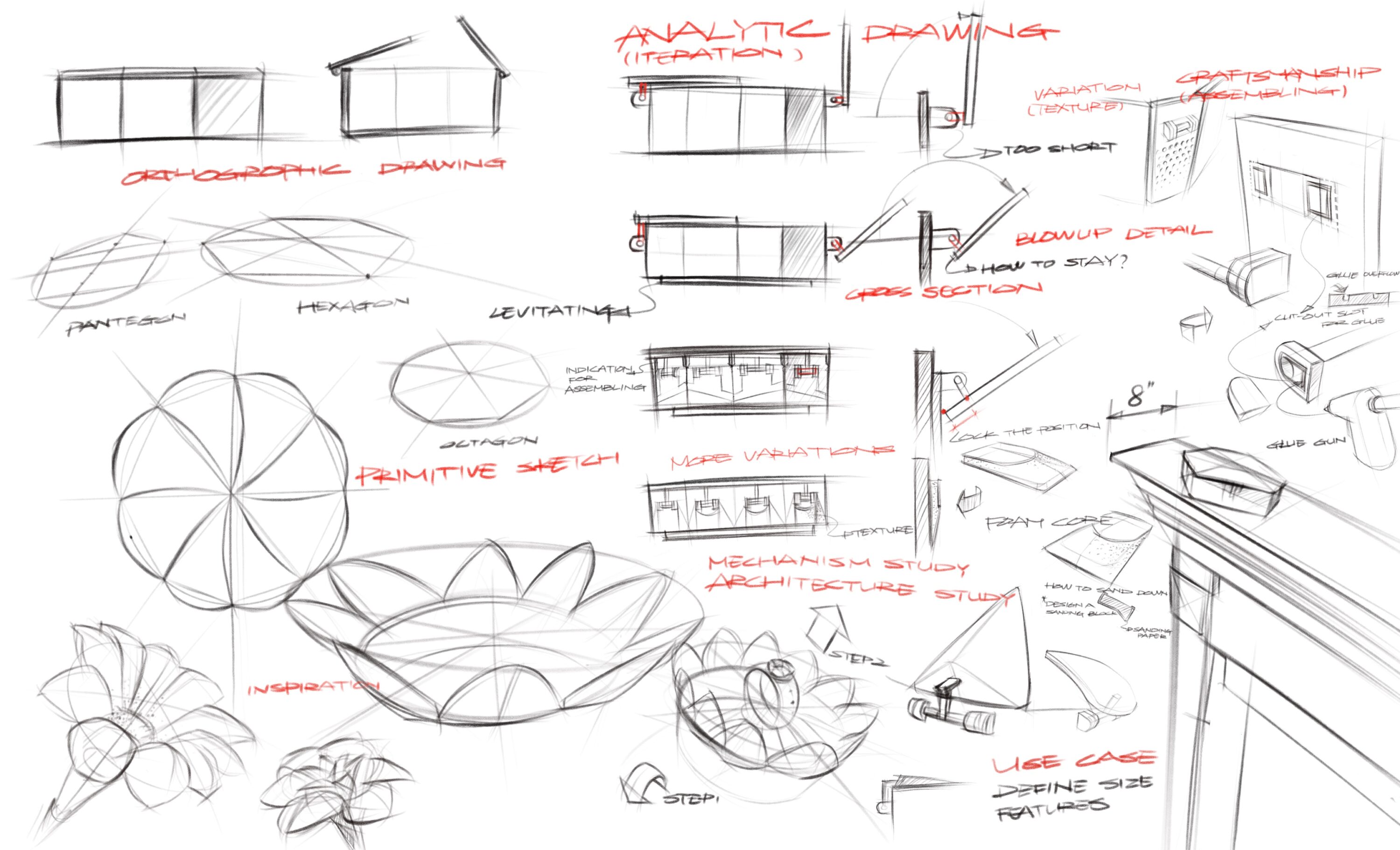
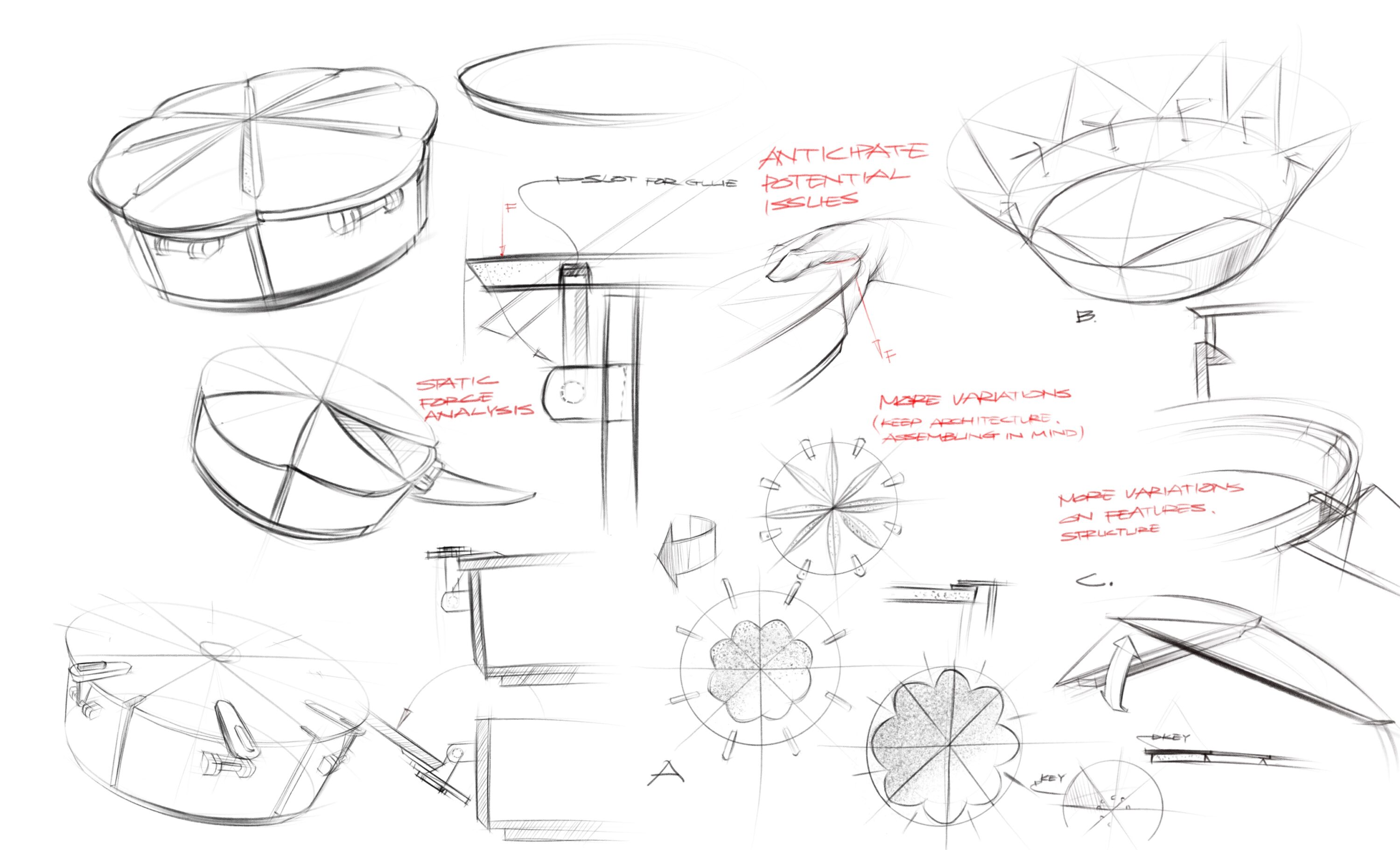
More Visualization Tips (in red)
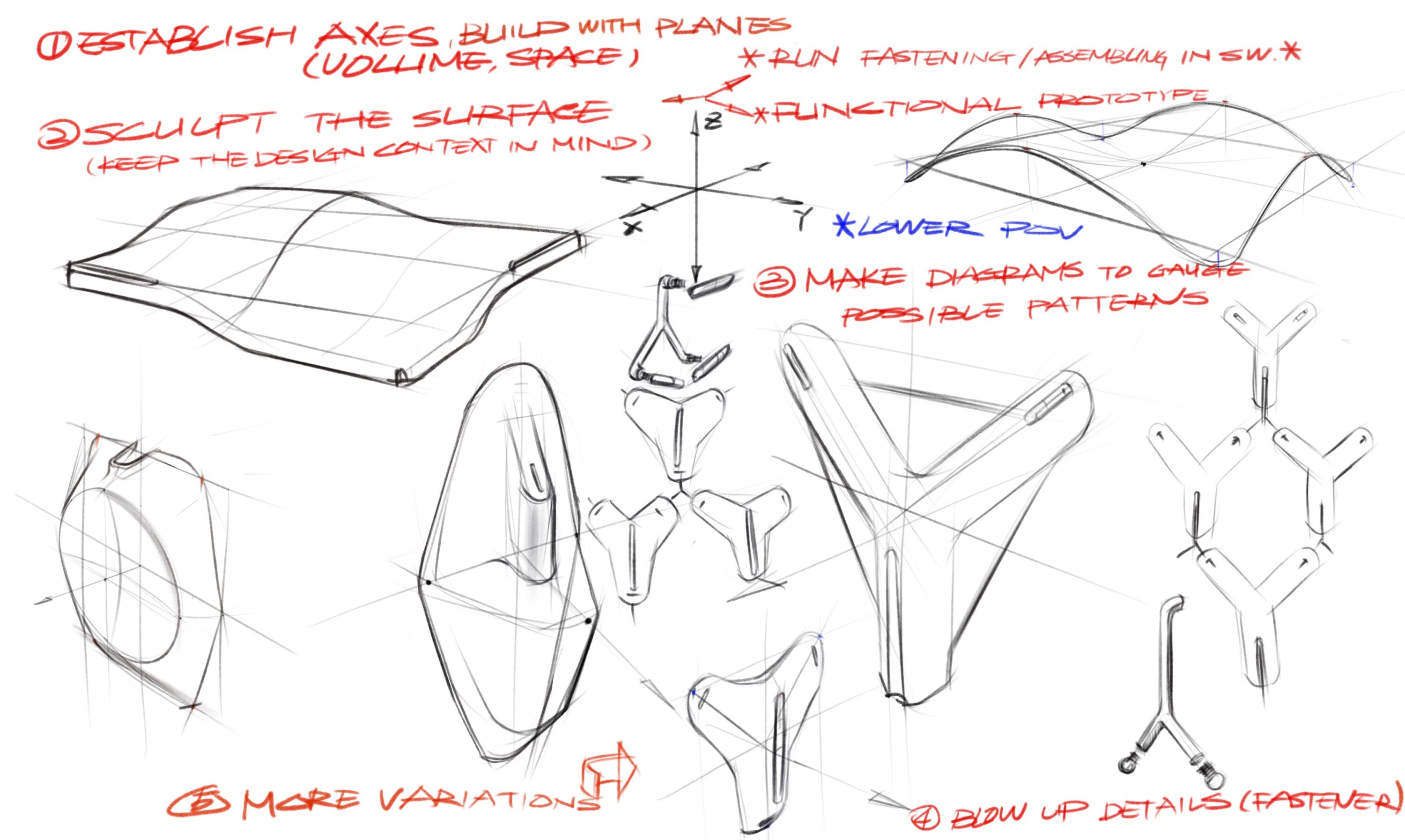
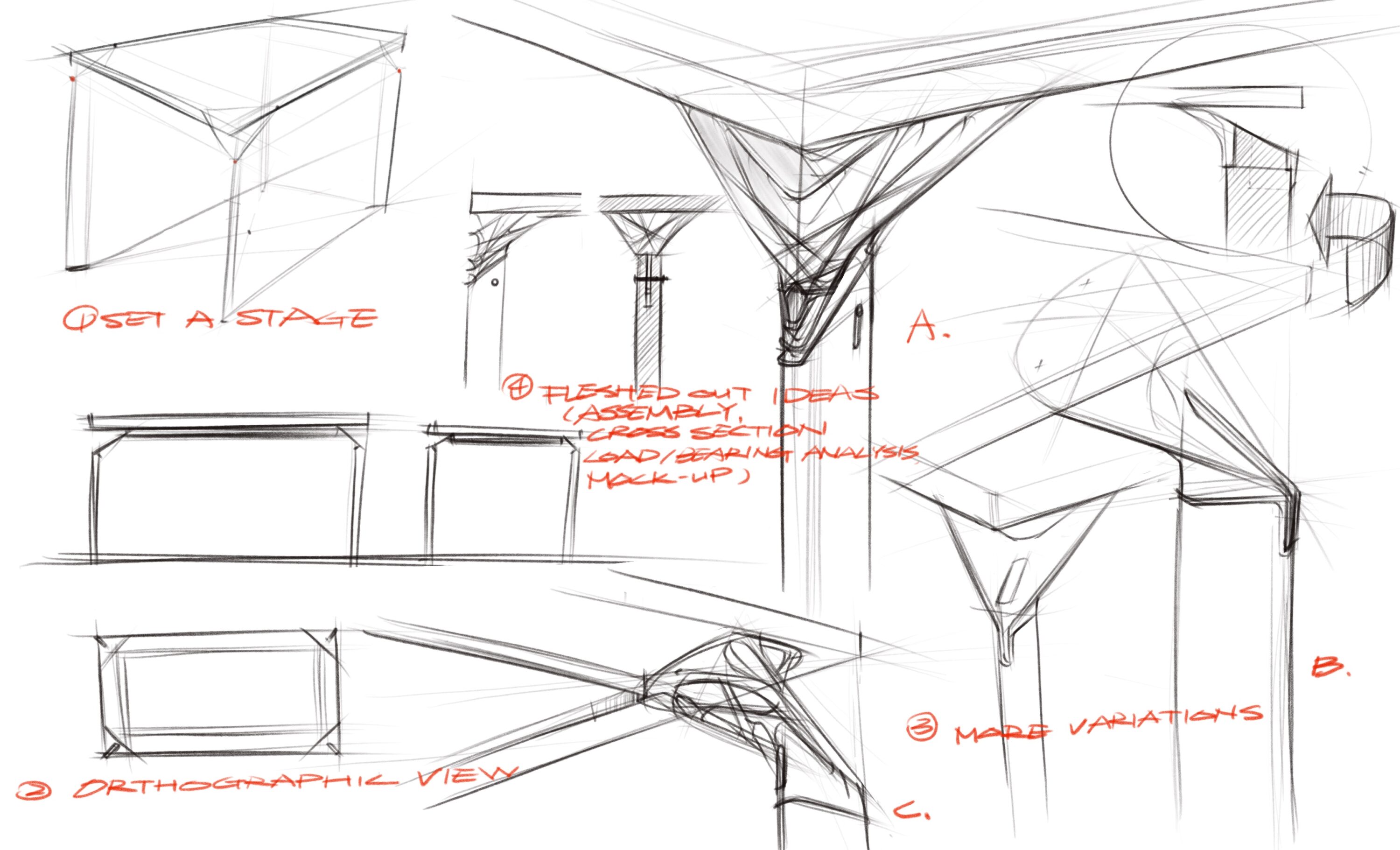
Sketch + Digital Cel Shading (highlight for presentation)
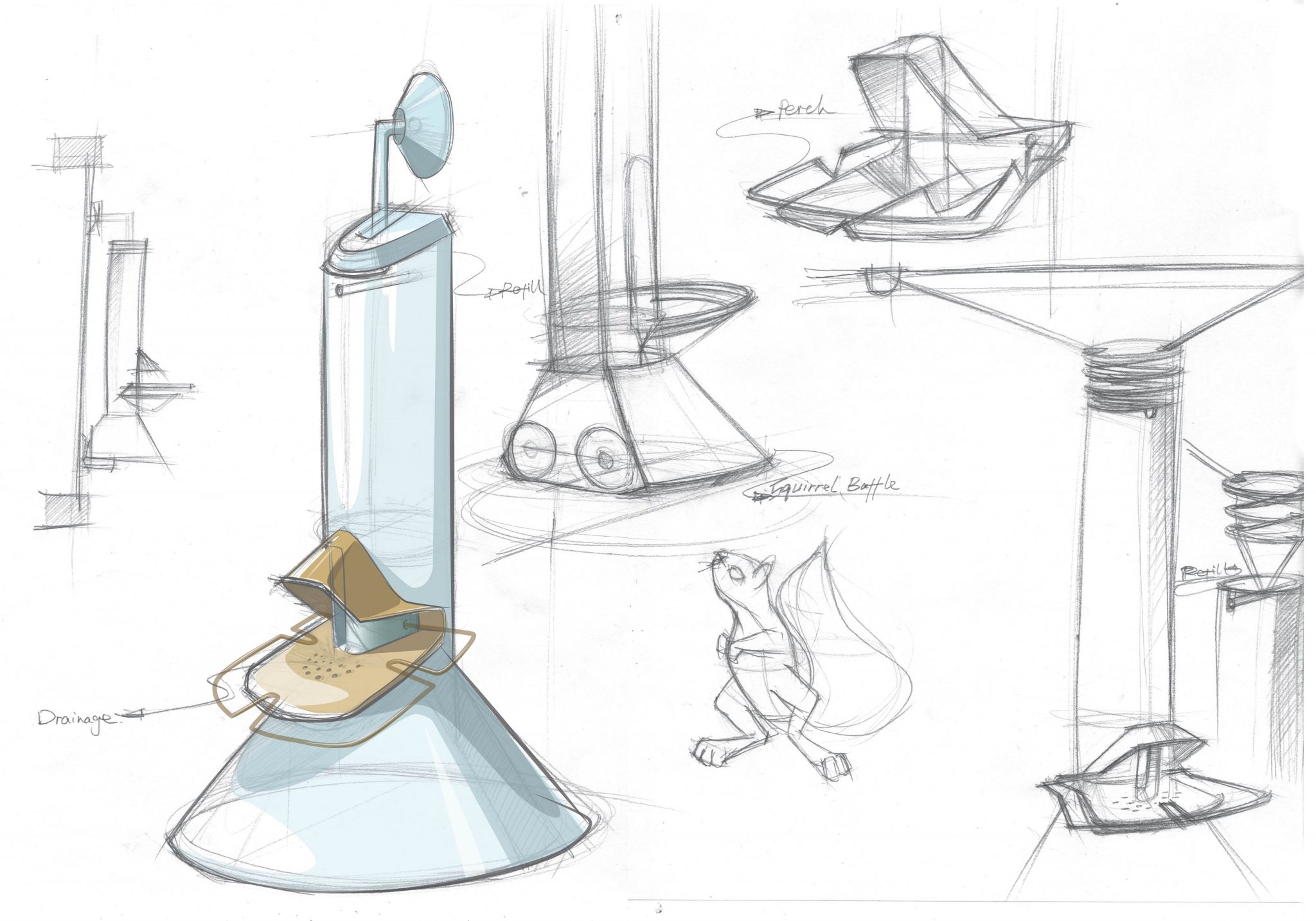
More examples about digital cel-shading highlight
Use Sketches to Guide the Machine and Expedite the Process.
Lucas Valerius, Class of 2027 is the first one here in DAAP who actually cracked human-AI collaboration since I made the first introduction to AI-assisted workflow. His type B fidelity input received type C fidelity output in Vizcom.
It’s still crucial to put in the hard work to train your eyes, start with practicing rendering, and develop sensitivity to nuance in design. Read more.
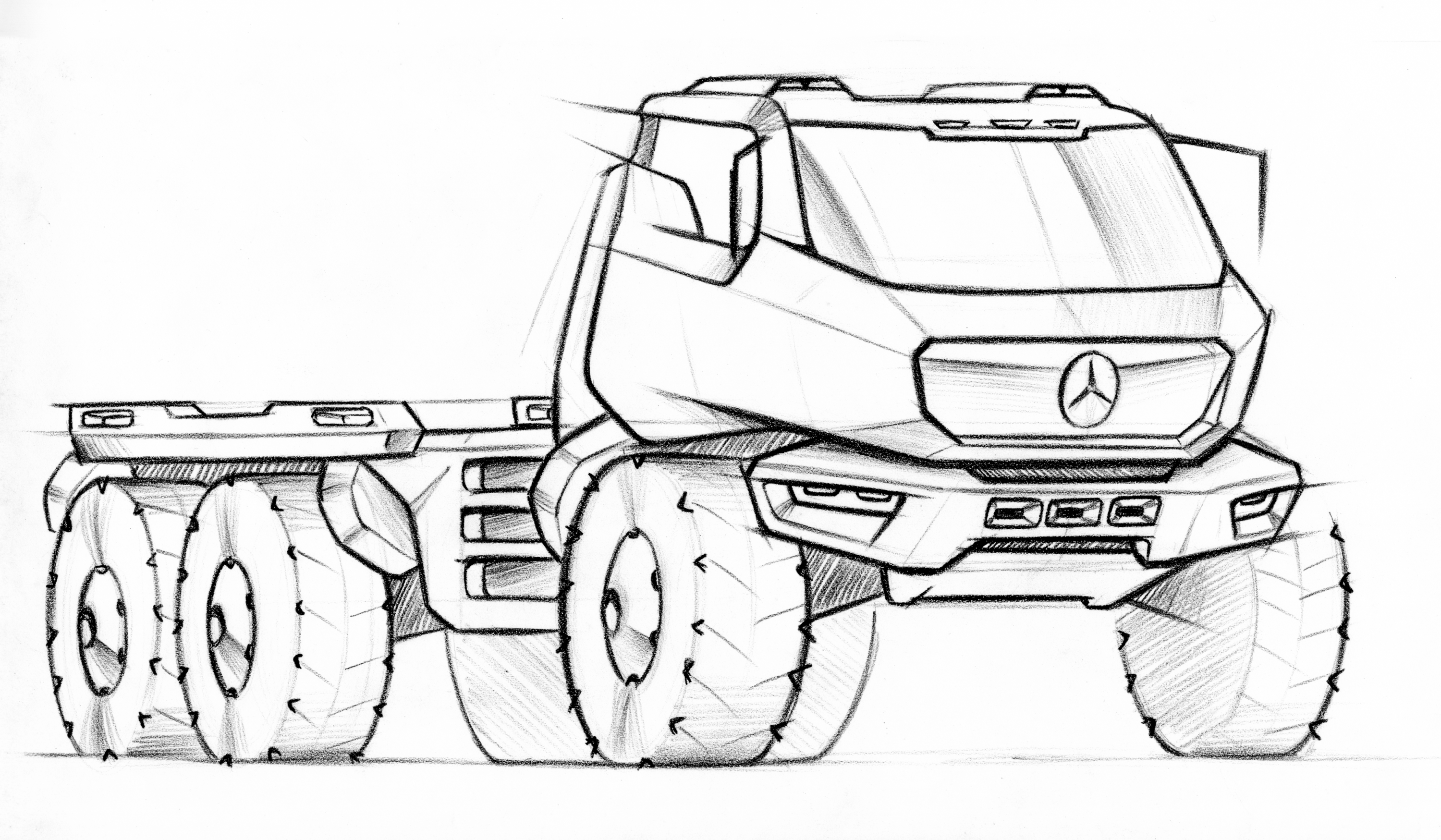

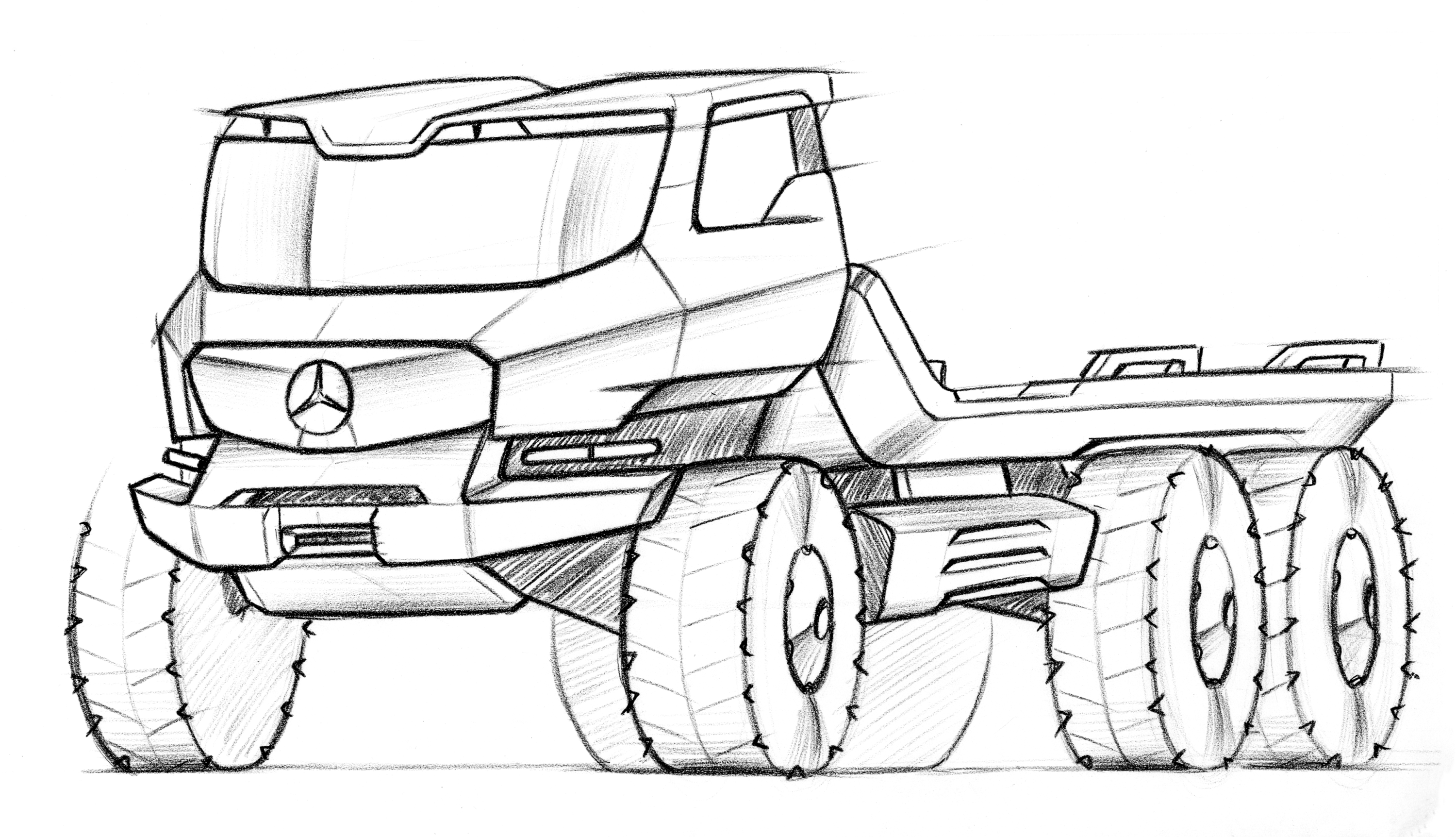

Fidelity for each ideation stage
Brainstorming (1 page) - First-round Concept Sketch (1 page as an example) - Fleshed-out Design (3 pages for one concept)
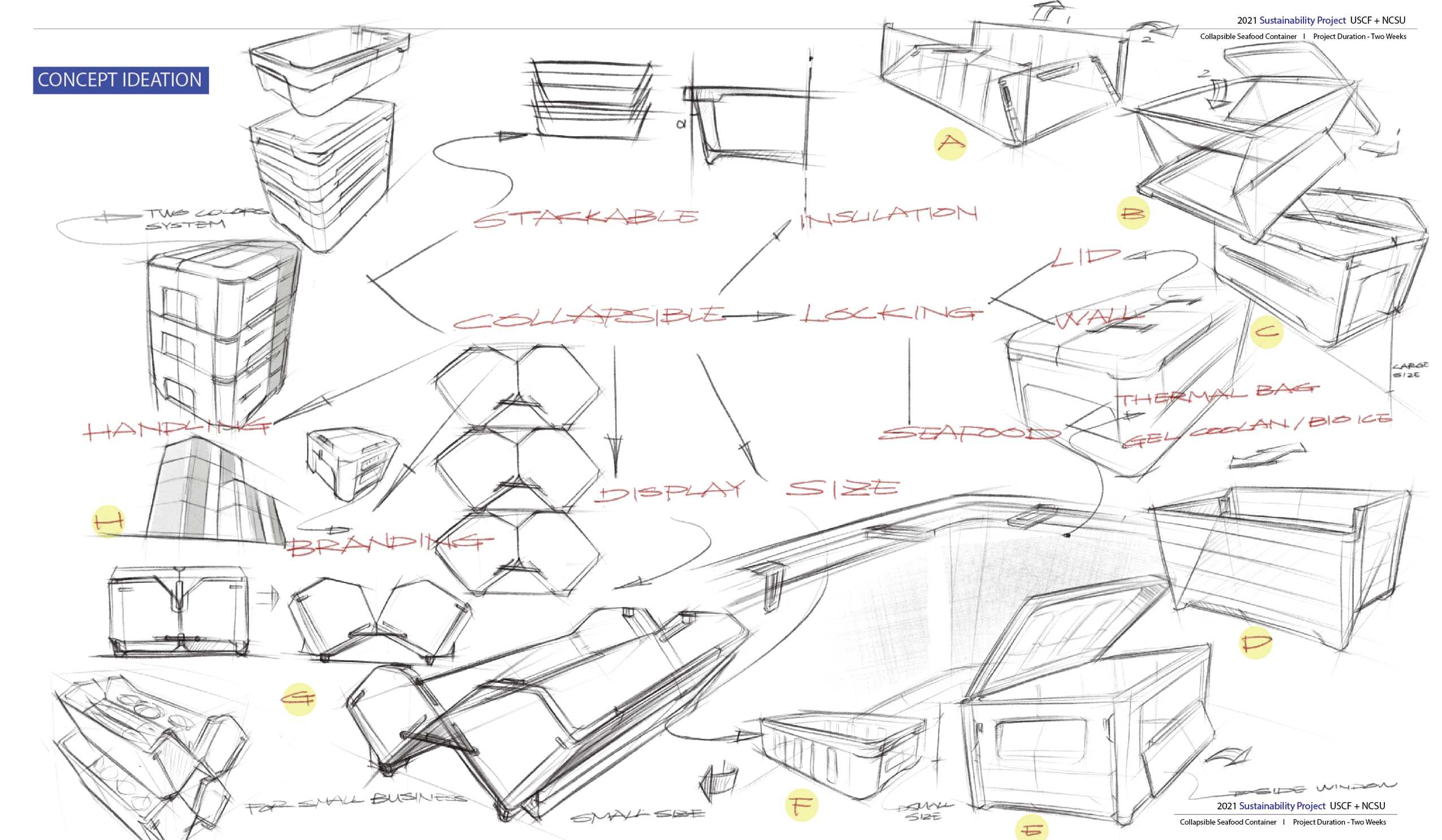
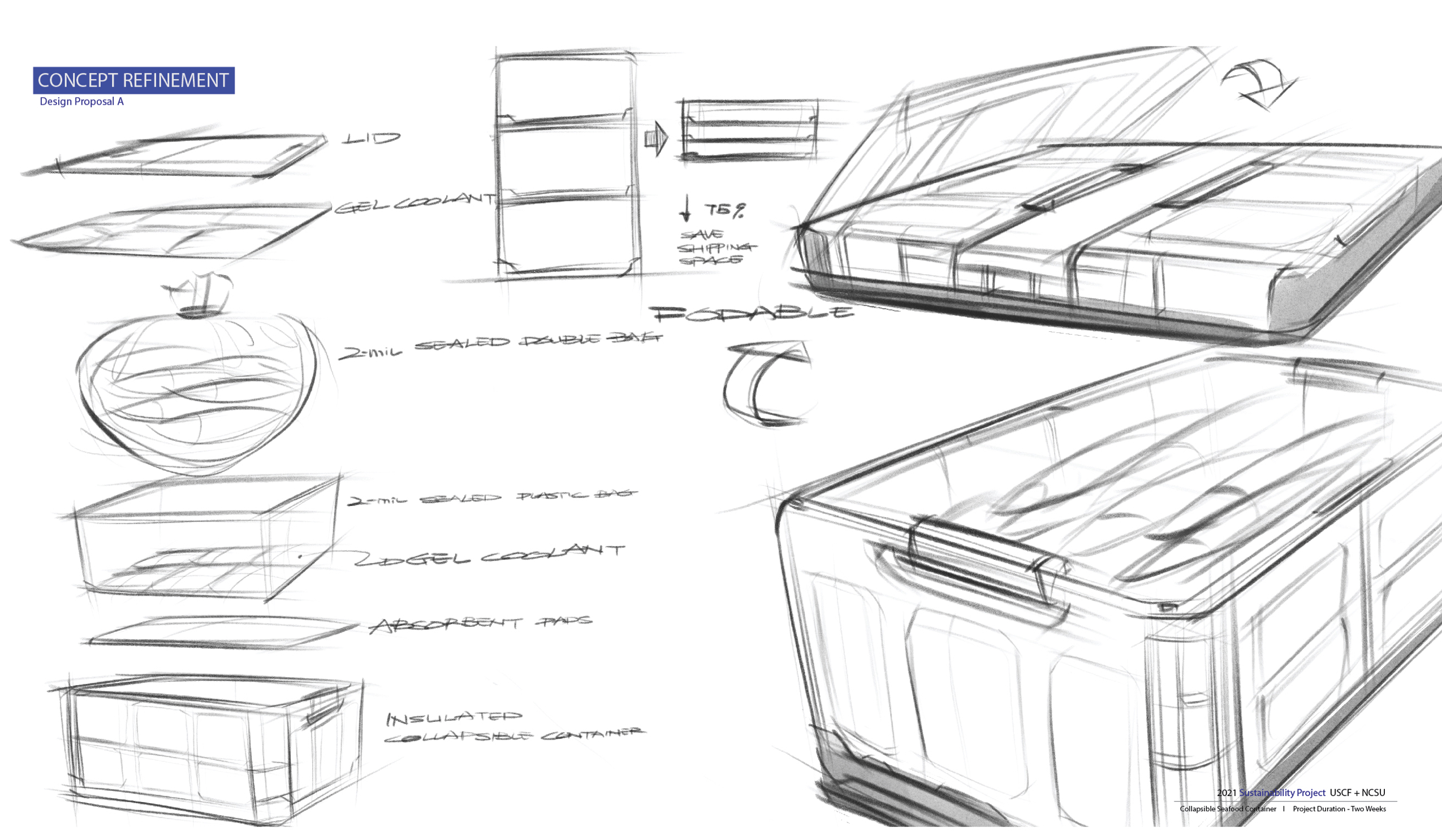
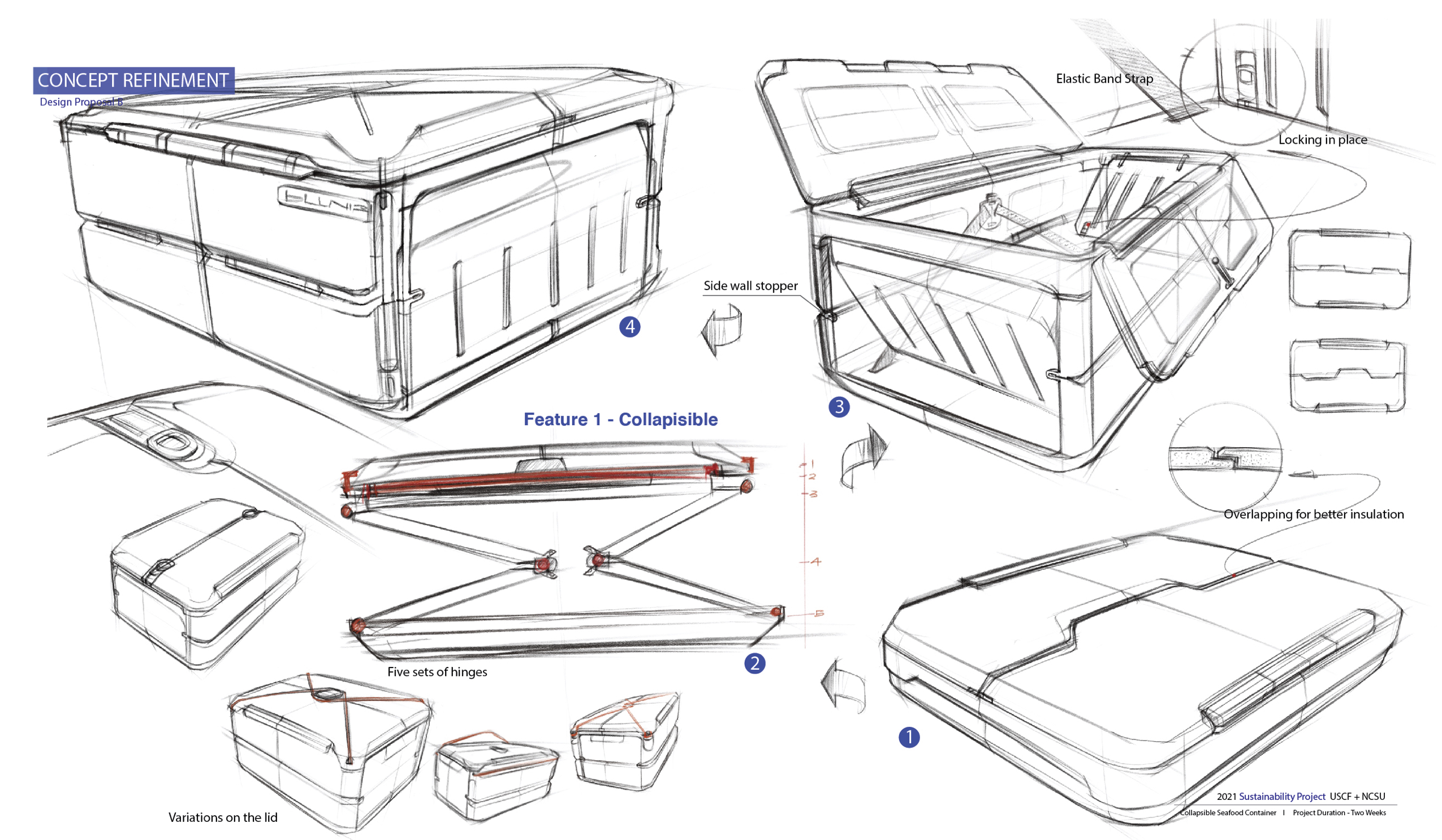
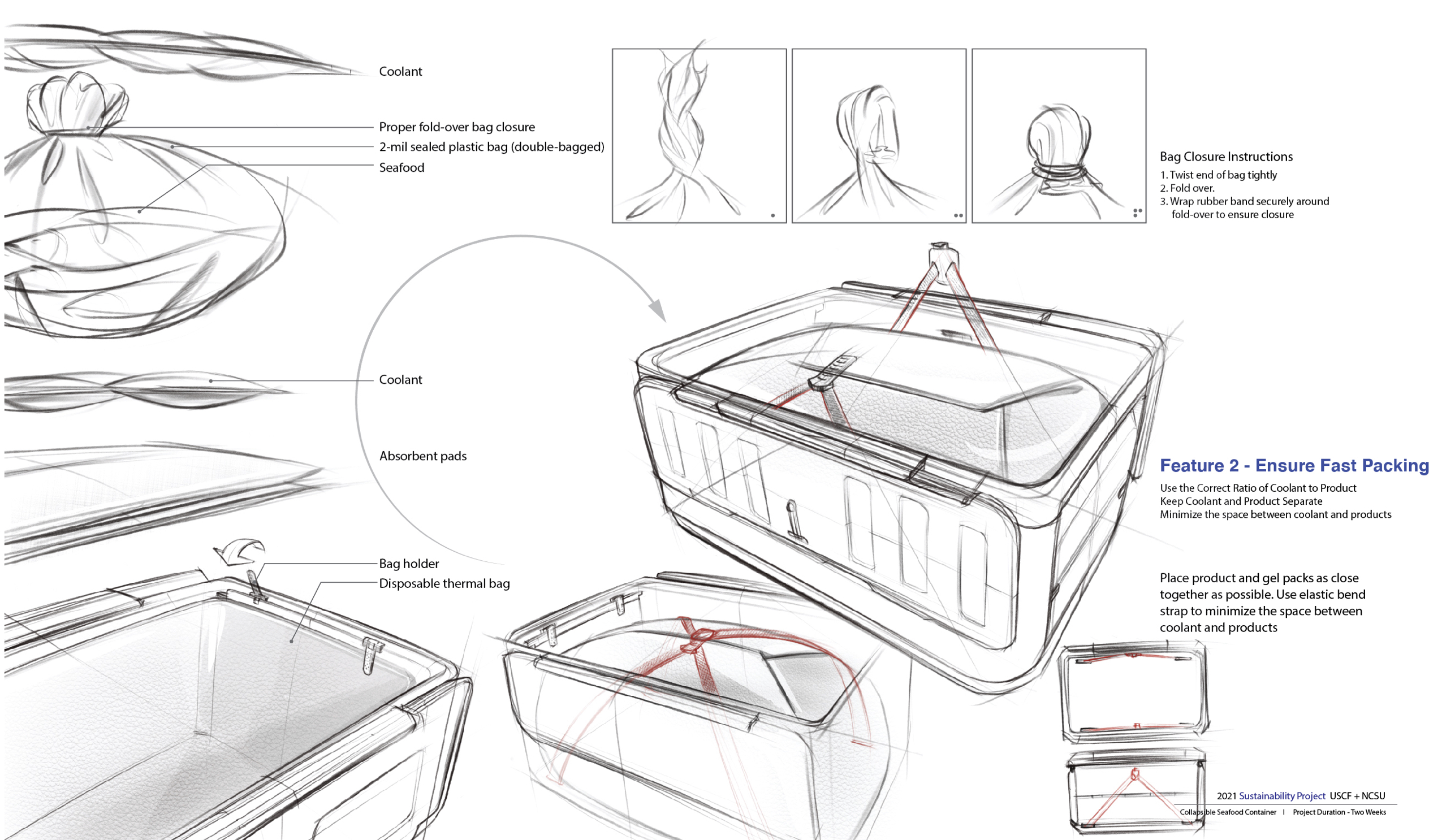
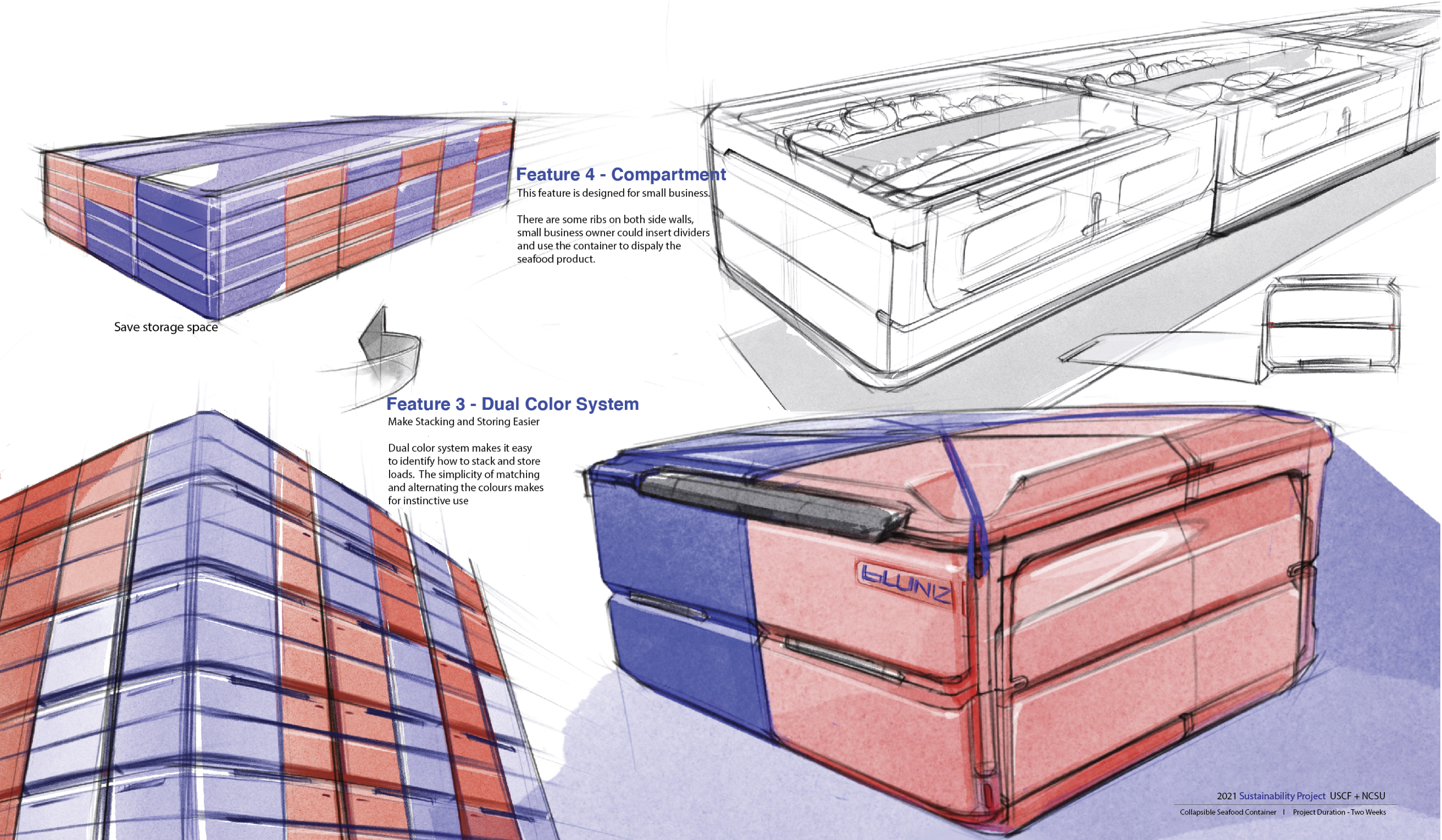
Different Ways to Present Design Assets
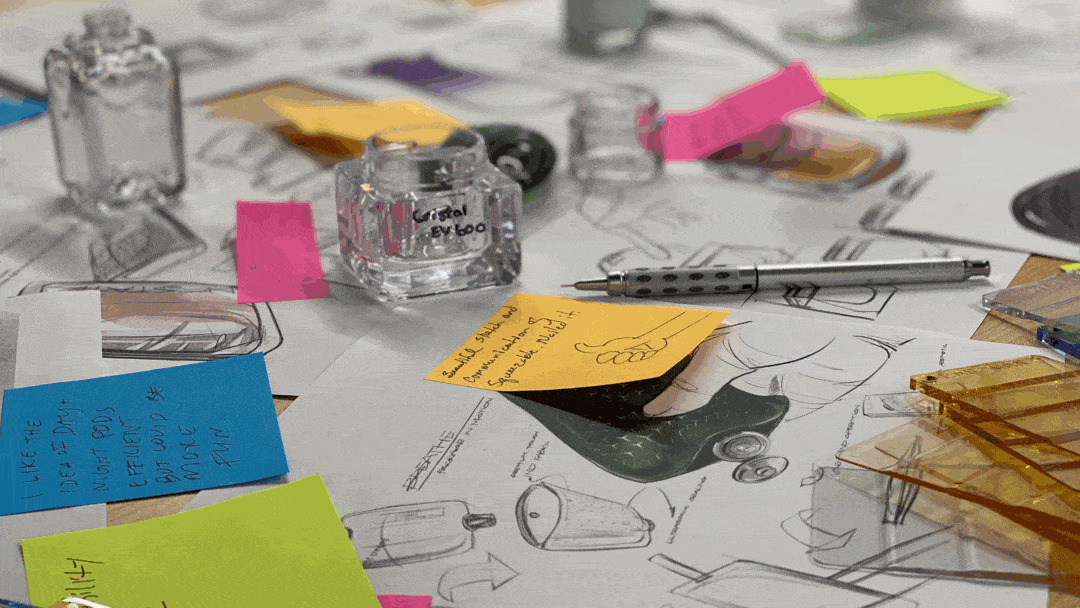
Different Ways to Present Design Assets
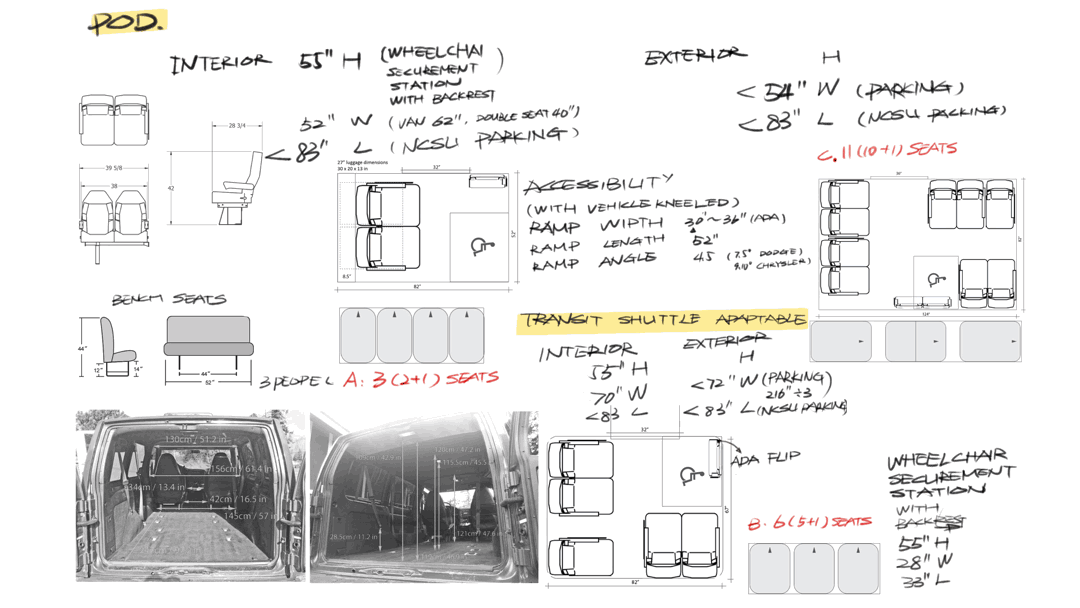
Play to your strengths
Artistic Expression Will Elevate Your Design Message
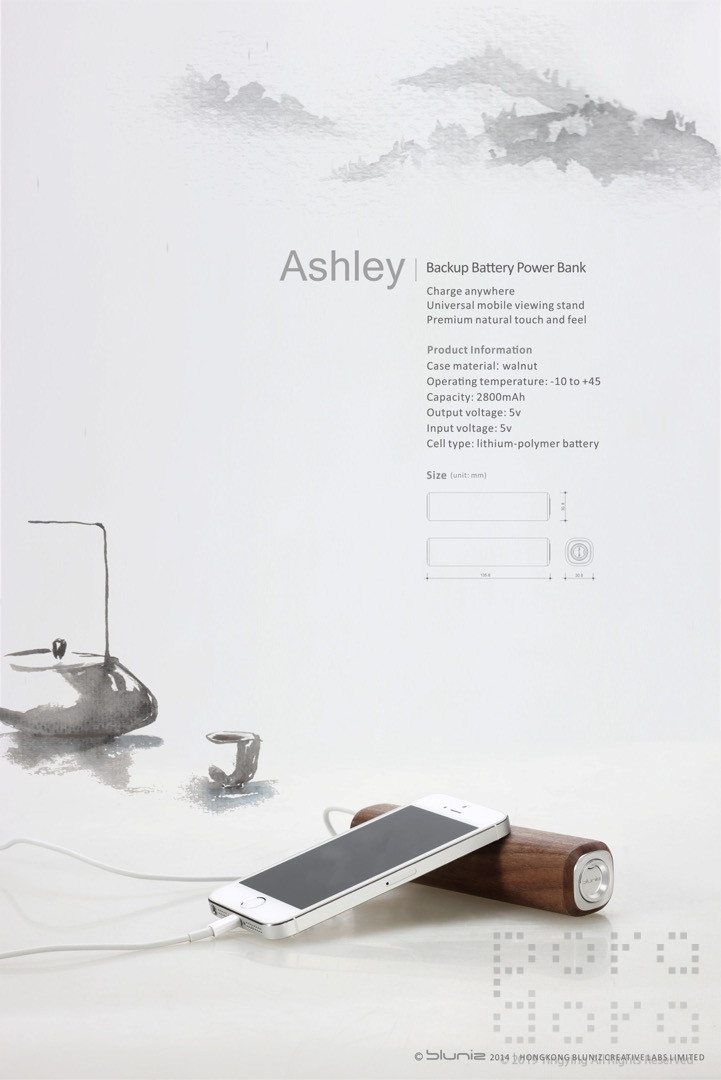
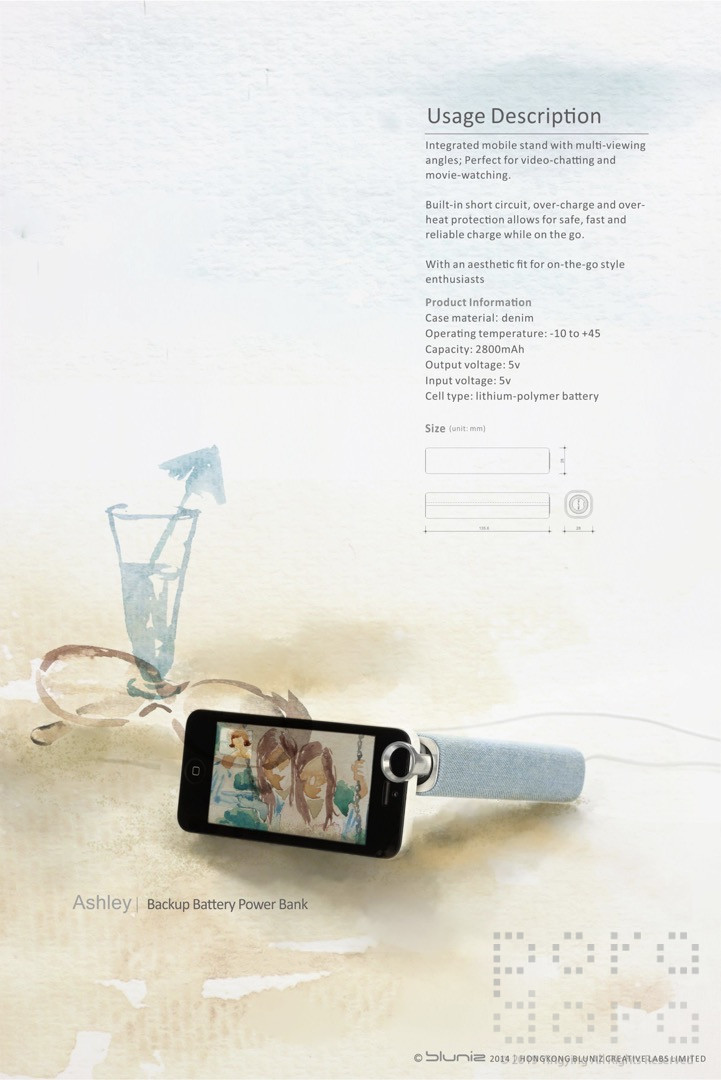
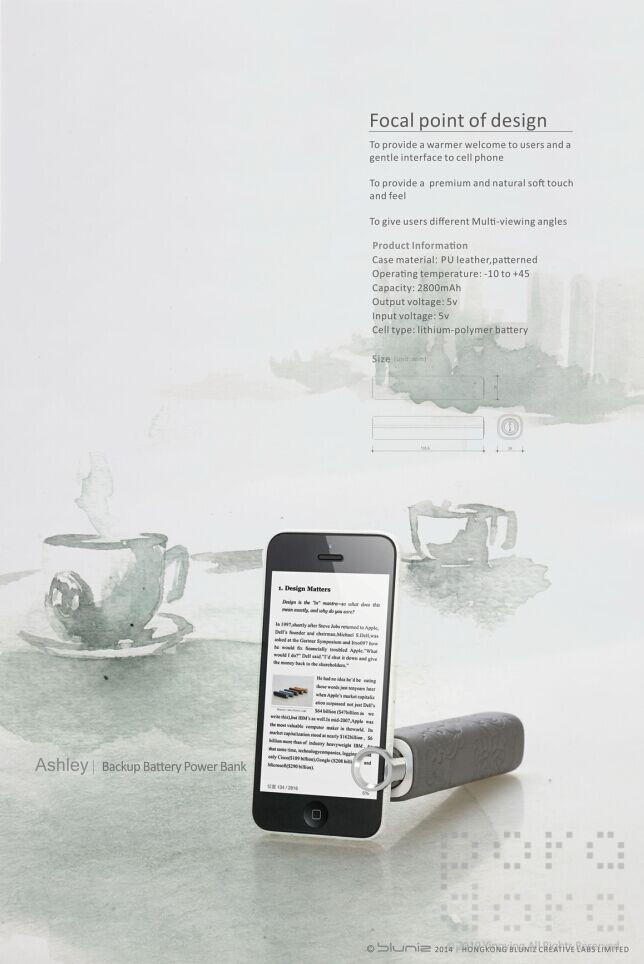
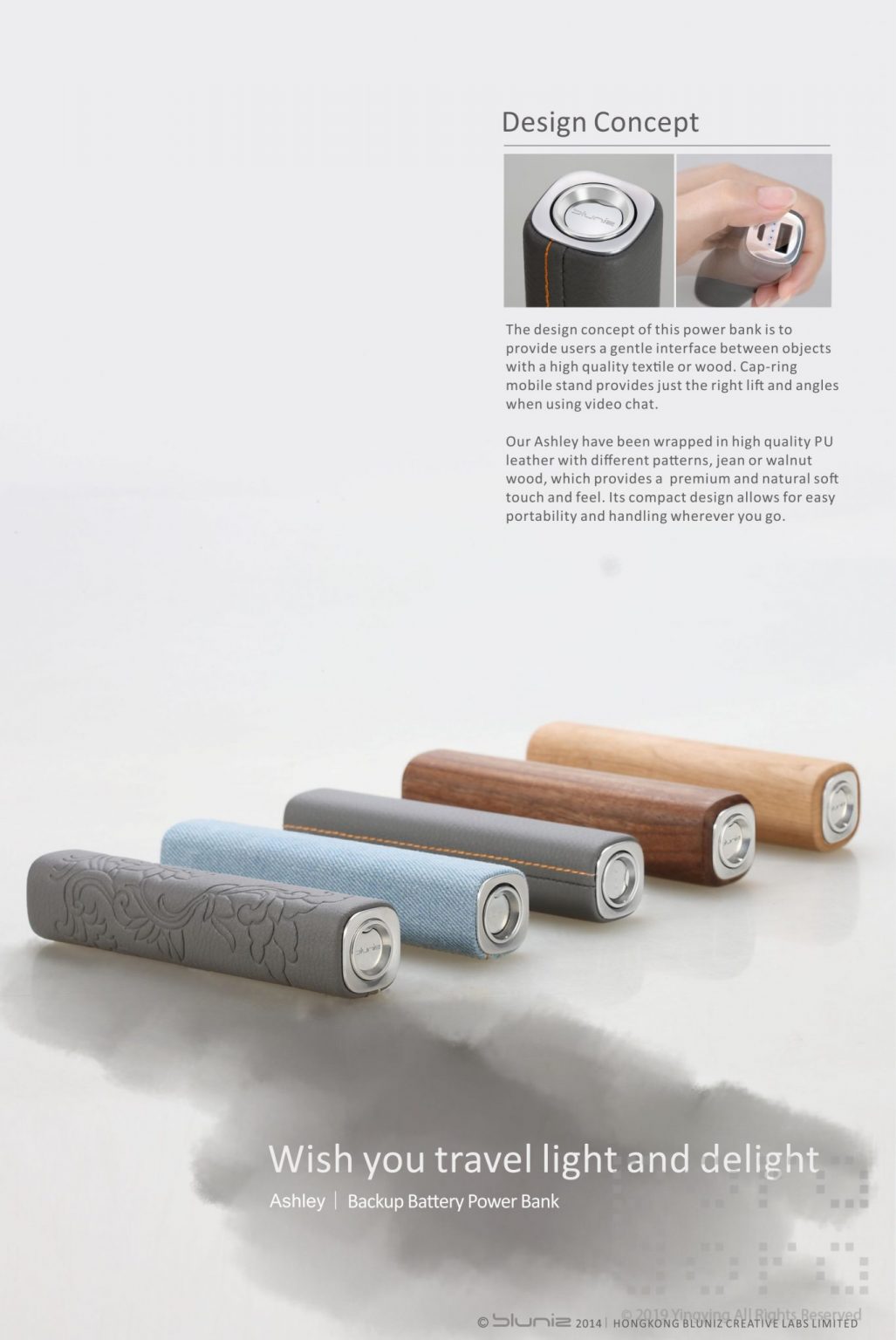
Check Agathe Bissonnier-Gillot’s work, be exceptional
Research Through Design
Build Logic And Reasoning and Craft A Story of Your Design Process
